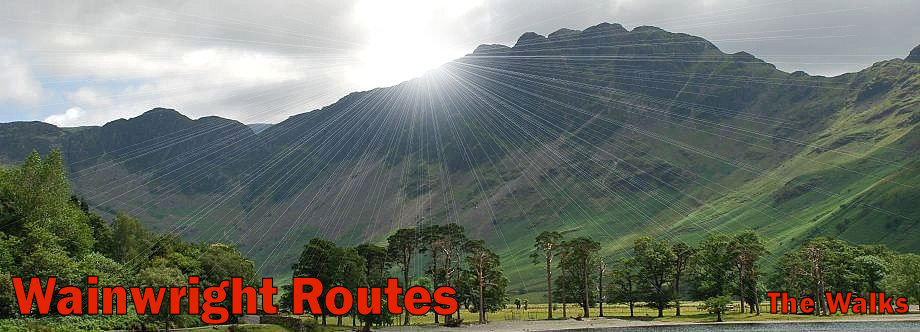
| Scar Crags - Route One |
| Start - Uzzicar NY 232 217 | Distance - 2.75 miles | Ascent - 1,805 feet | Time - 2 hours |
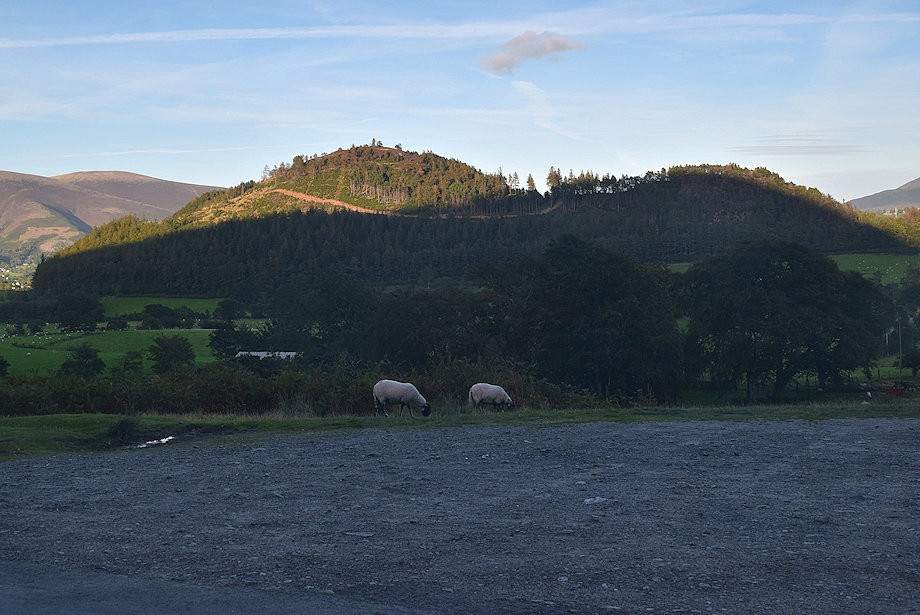 |
| A wide parking area above Uzzicar Farm on the Braithwaite ~ Buttermere road is the starting point for this walk |
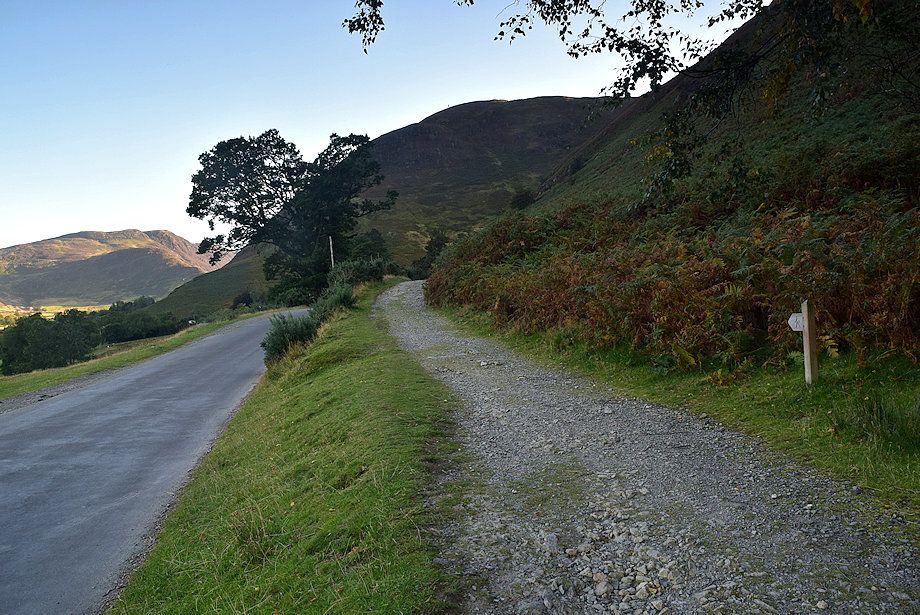 |
| Opposite the parking area an old mine road rises towards Stonycroft Gill |
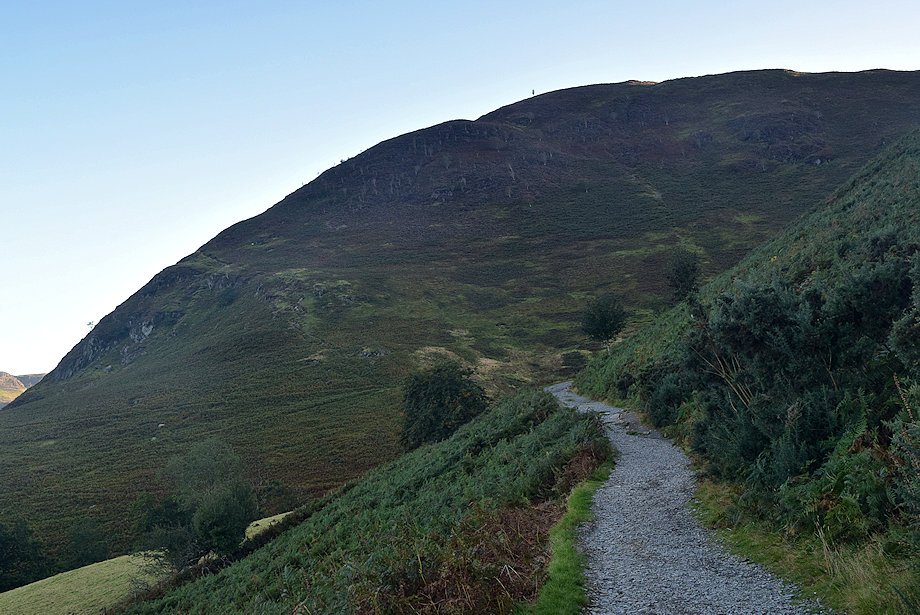 |
| Rowling End on Causey Pike from the mine road |
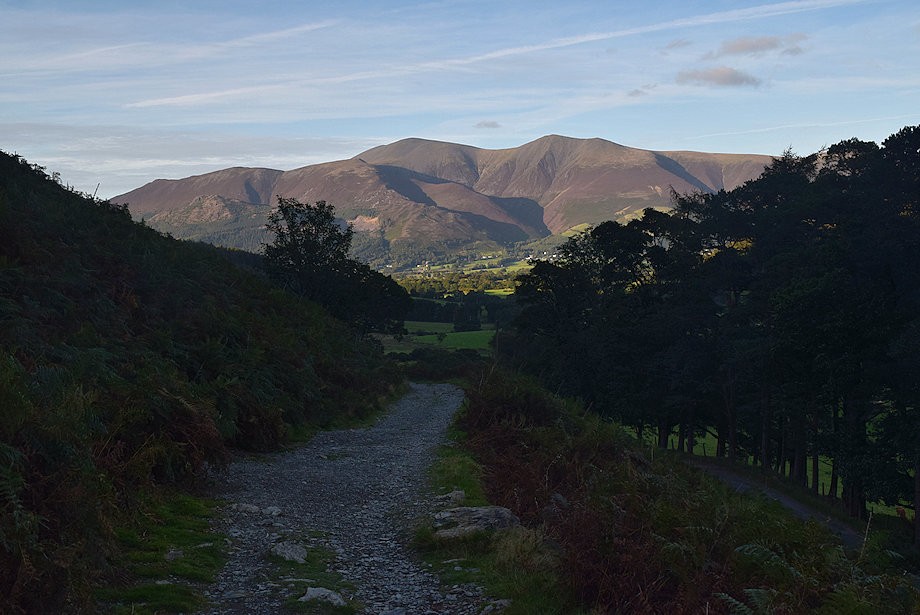 |
| Looking back to Skiddaw from the mine road |
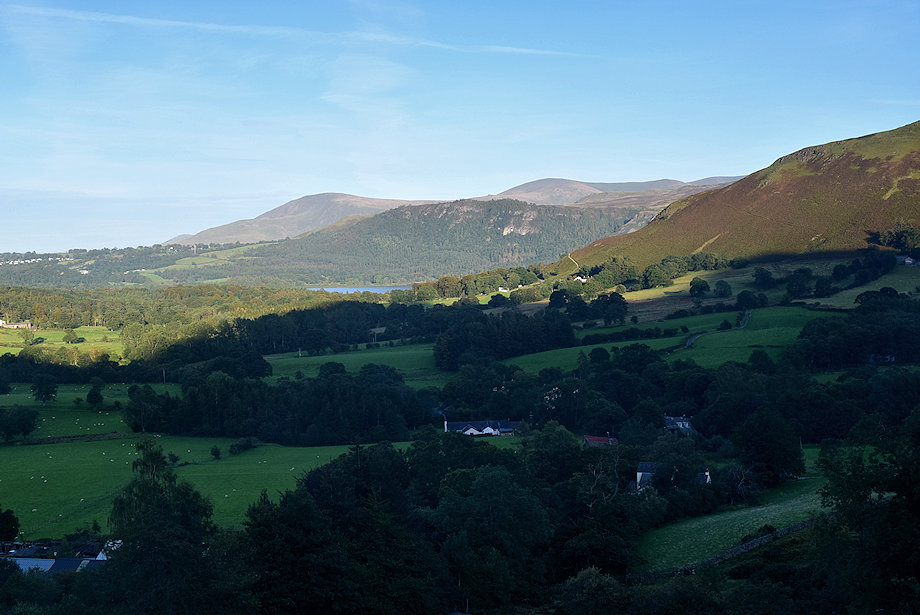 |
| Looking across to Walla Crag backed by Clough Head and Great Dodd |
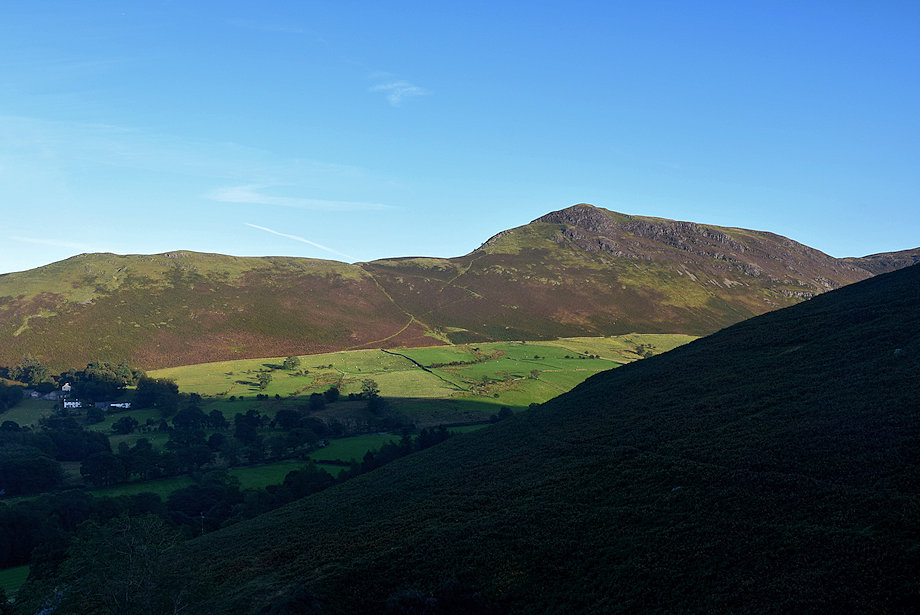 |
| Looking across the slopes of Rowling End to Catbells |
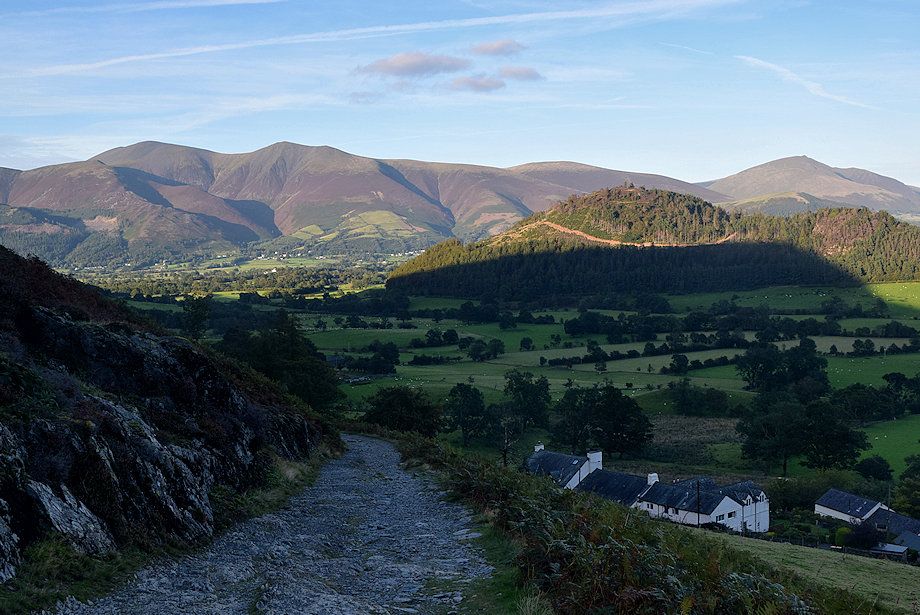 |
| Skiddaw and Blencathra from the mine road above Stonycroft |
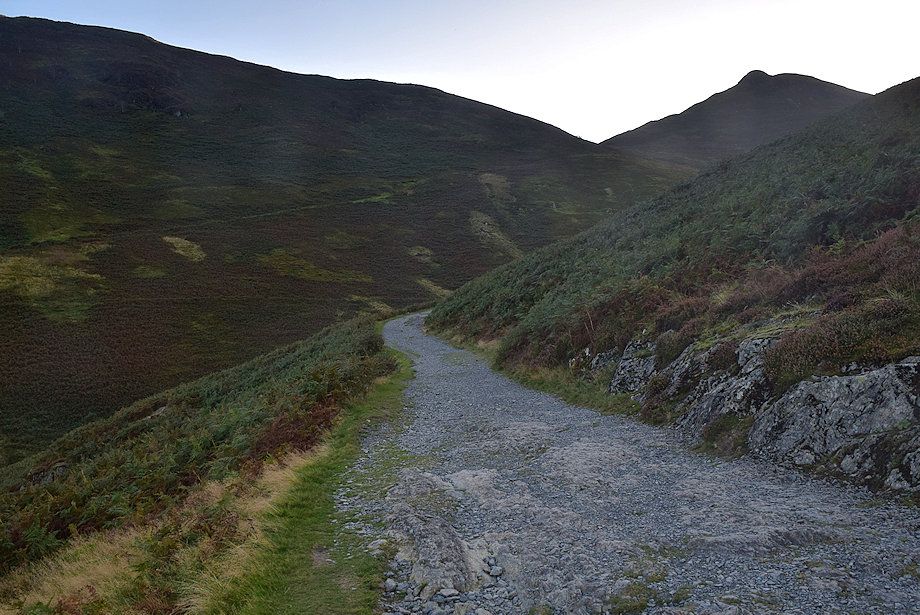 |
| The summit of Causey Pike comes into view as the road begins to turn to follow the course of Stonycroft Gill |
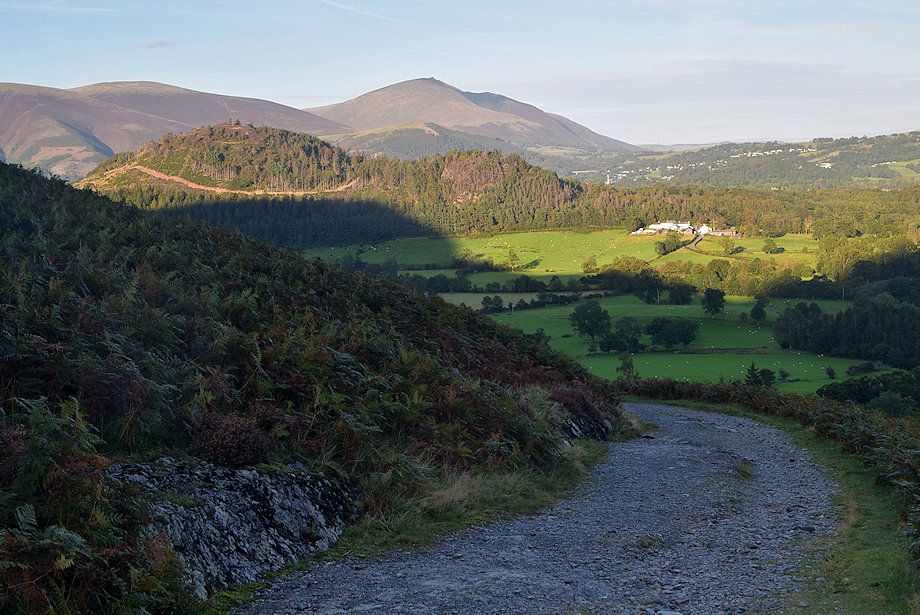 |
| Looking back to Blencathra |
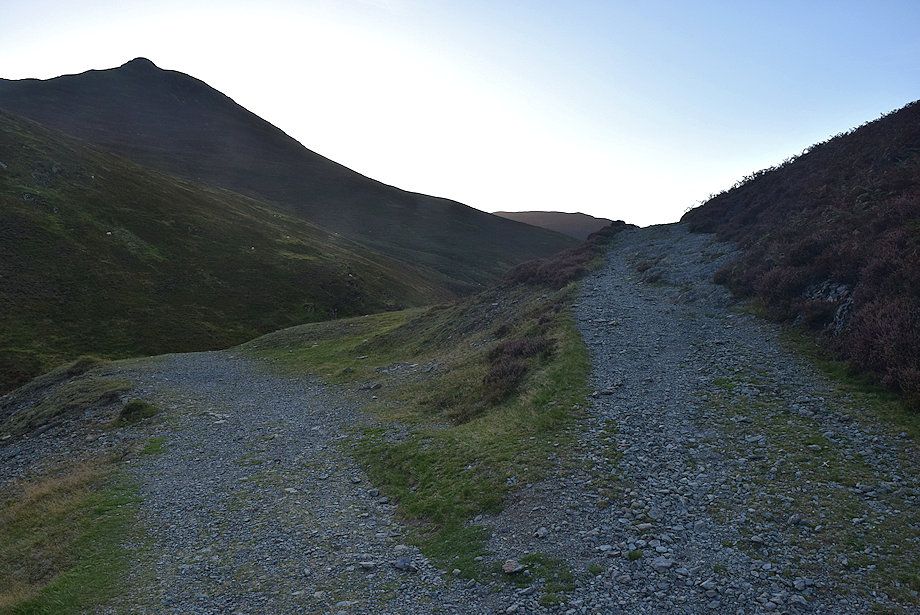 |
|
Ignore the track which bears left, it leads to the site of the old smelter of the Stonycroft Lead Mine. The disused mine is one of the earliest in the district, probably dating back over 400 years, when a rich vein of galena ore was discovered in the bed of the stream. The miners built a dam to divert the course of the stream and stoped out a great quantity of ore from its former bed. Later they sank a shaft beside the stream, stoping out ore to a depth of over forty feet. The mine was abandoned in the early 17th century after the dam burst, filling the shaft with mud and water, reputedly several lives were lost in the disaster. The mine was re-opened in 1846 by the Keswick Mining Company who expected to find the remains of the buried miners but all that was found were some ancient tools and lengths of crude chains. The company sank the shaft another 60 feet and drove two levels out from it to extract more ore but the quantity raised was insufficient for the operation to be commercially viable |
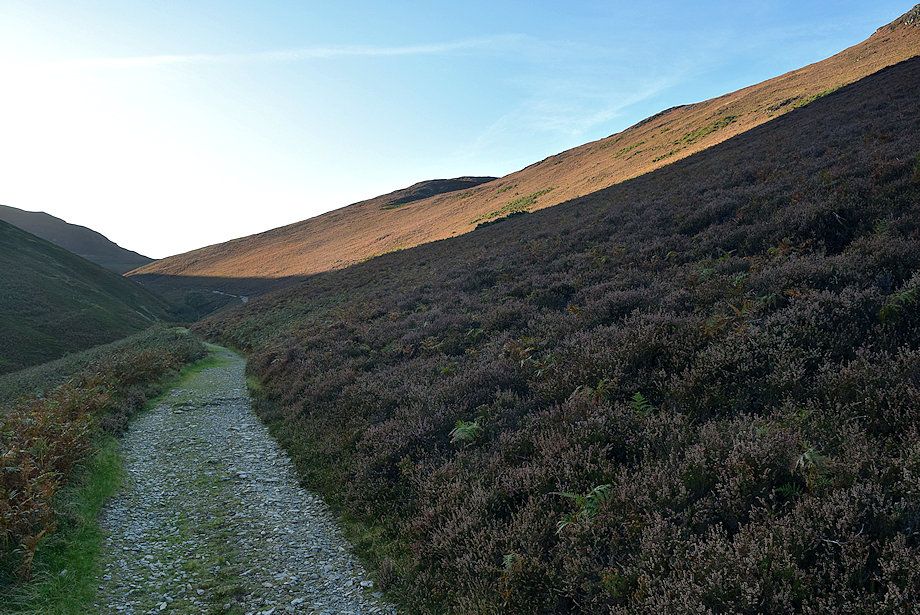 |
|
At around the same time as they were operating the Stonycroft Gill Mine the Keswick Mining Company extended the mine road towards Sail Pass for a distance of two miles to exploit a large vein of cobalt ore which had been discovered below Long Crag. A huge investment was made in constructing a light tramway on the road and in erecting a smelt mill, crushing mills and dressing floors together with the four levels which were driven into the vein. It was all to no avail as the company found it almost impossible to refine the cobalt from the ore. It's believed that only a few ounces of pure cobalt was produced |
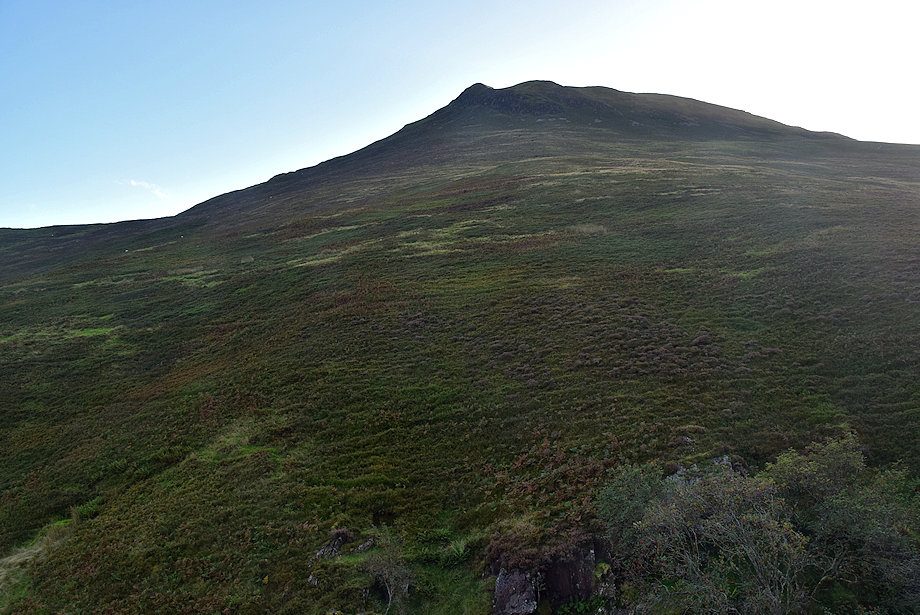 |
| Looking up to Causey Pike from the mine road |
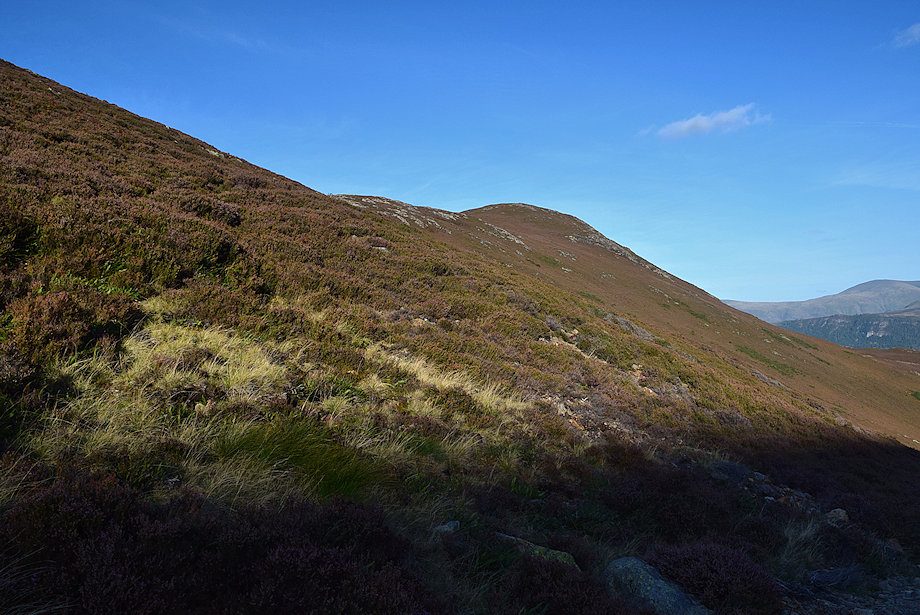 |
| Looking up to Barrow from the mine road |
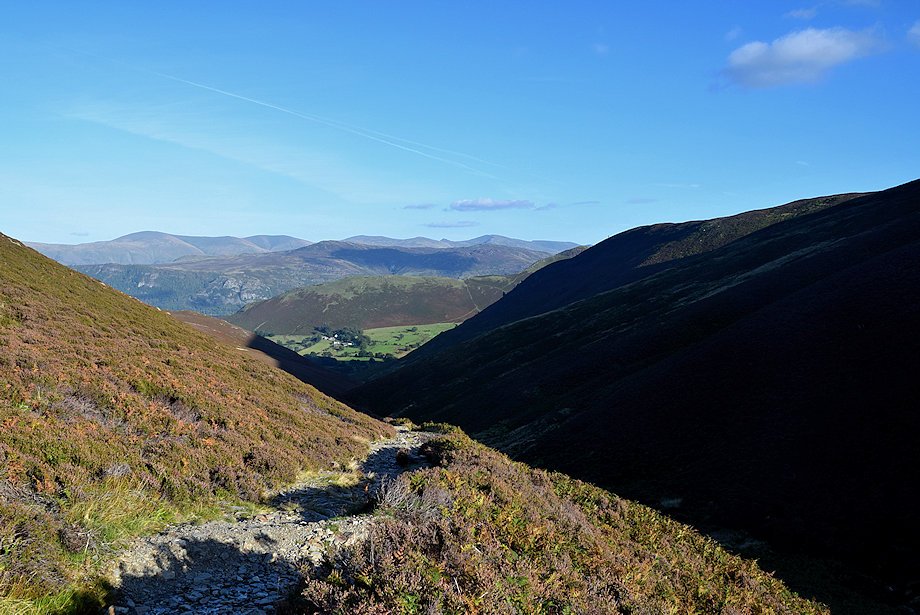 |
| Looking back to the Helvellyn range above Bleaberry Fell and High Seat |
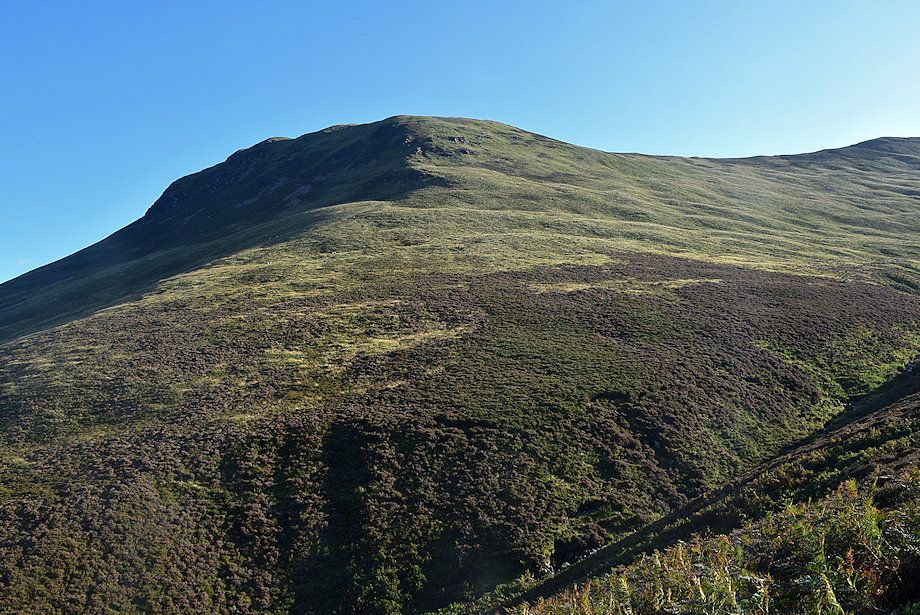 |
| Causey Pike and the connecting ridge to Scar Crags |
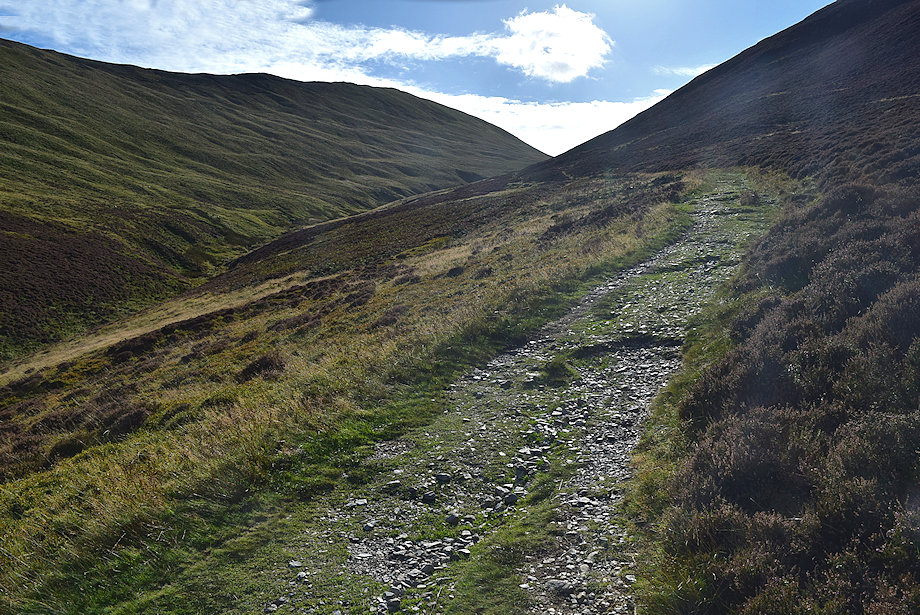 |
| Scar Crags from the mine road |
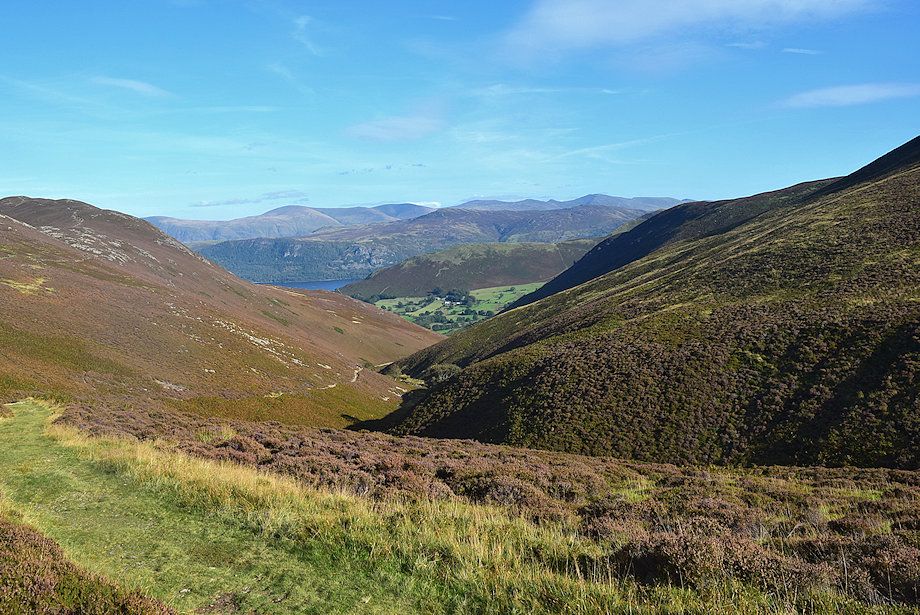 |
| Looking back along Stonycroft Gill |
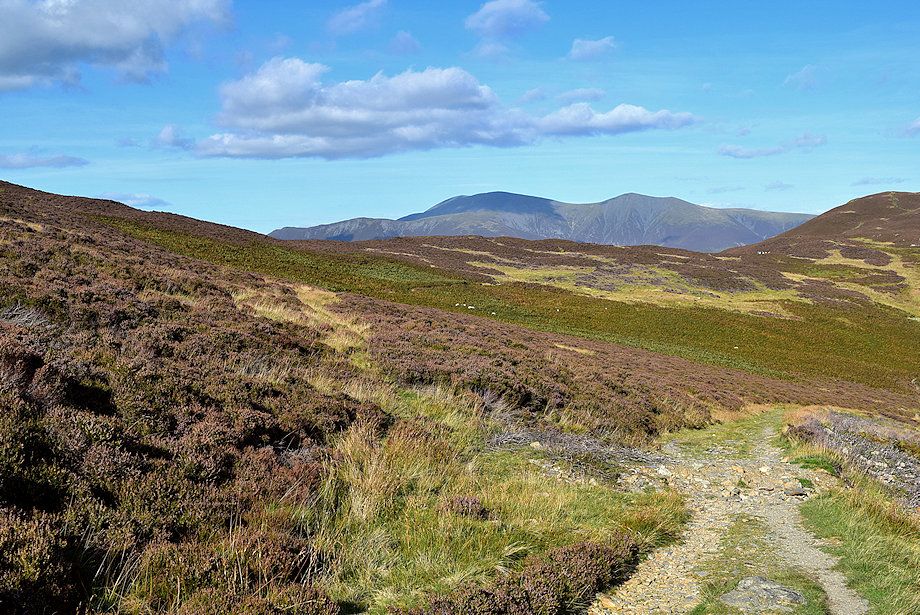 |
| Skiddaw appearing over the col between Outerside and Stile End |
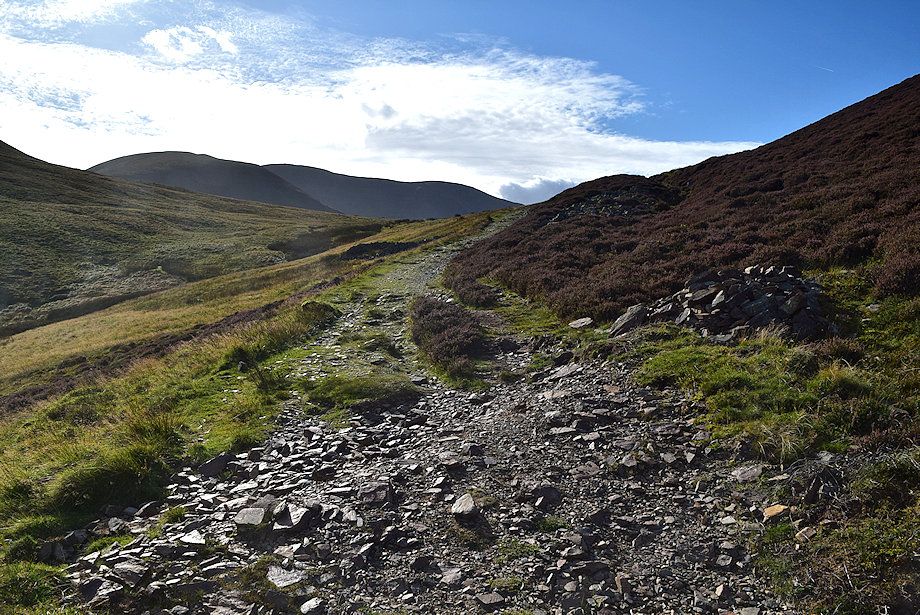 |
| Sail and Eel Crag from the mine road |
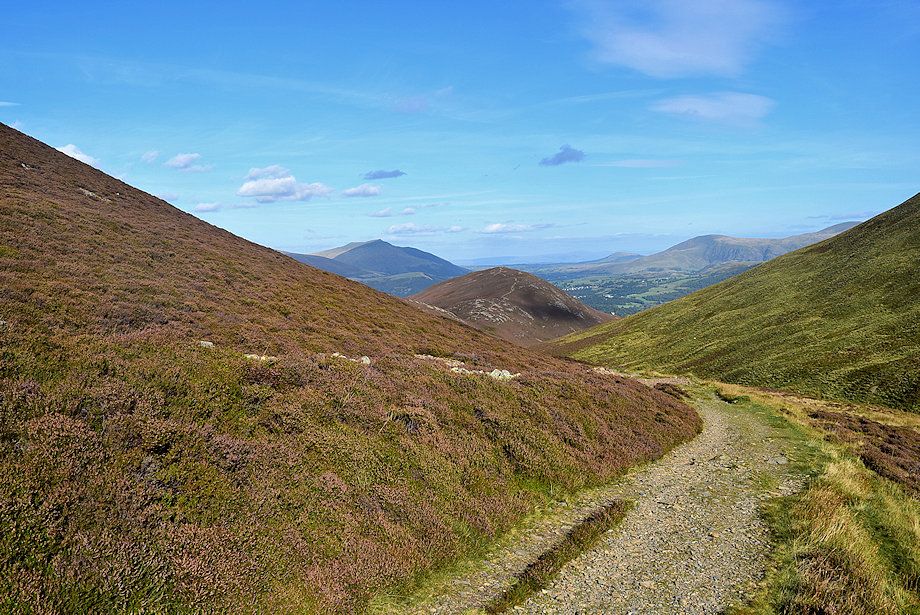 |
| Looking back to Barrow flanked by Blencathra and Clough Head |
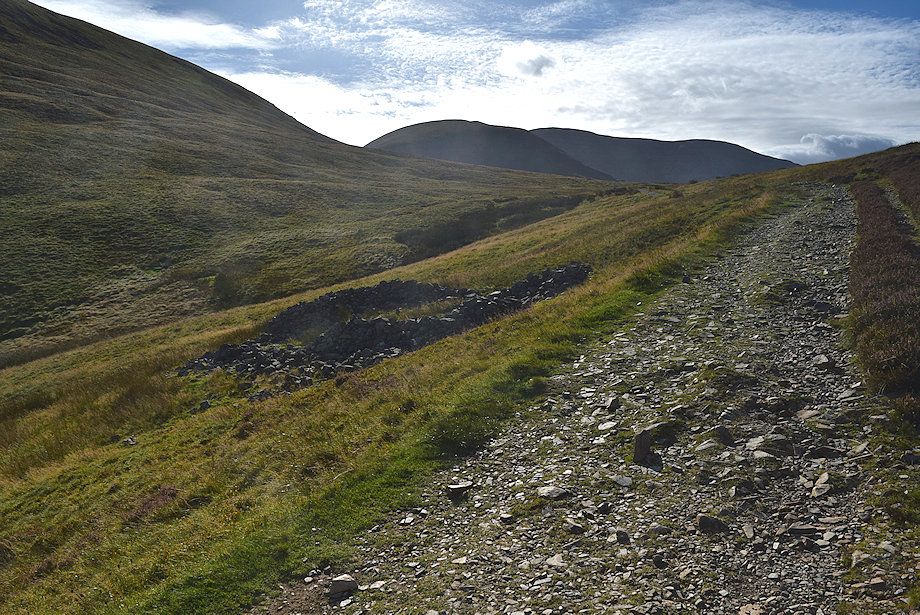 |
| Passing the ruined sheepfold which AW noted on his diagram of this ascent |
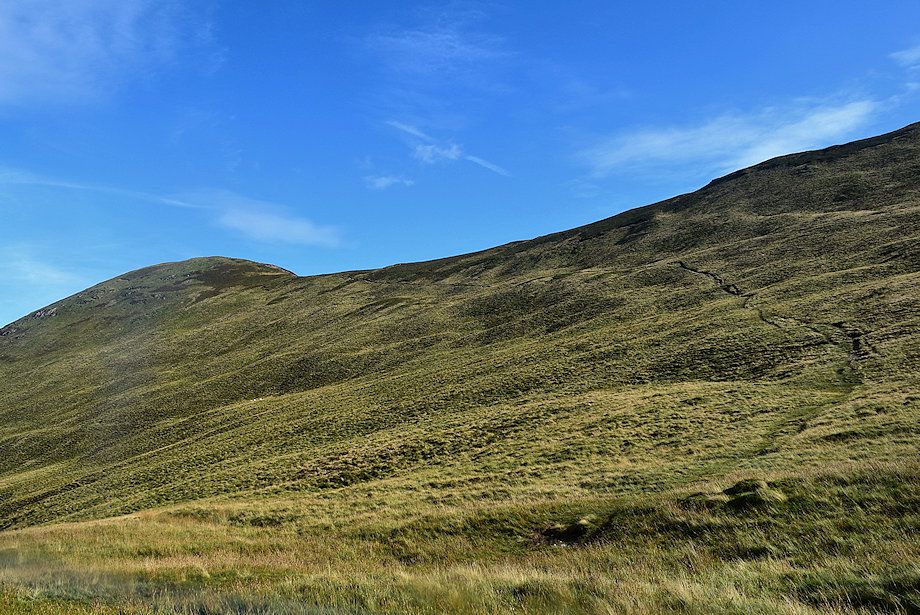 |
| Beyond the sheepfold a path leads up to the col between Causey Pike and Scar Crags which provides an alternative route of ascent |
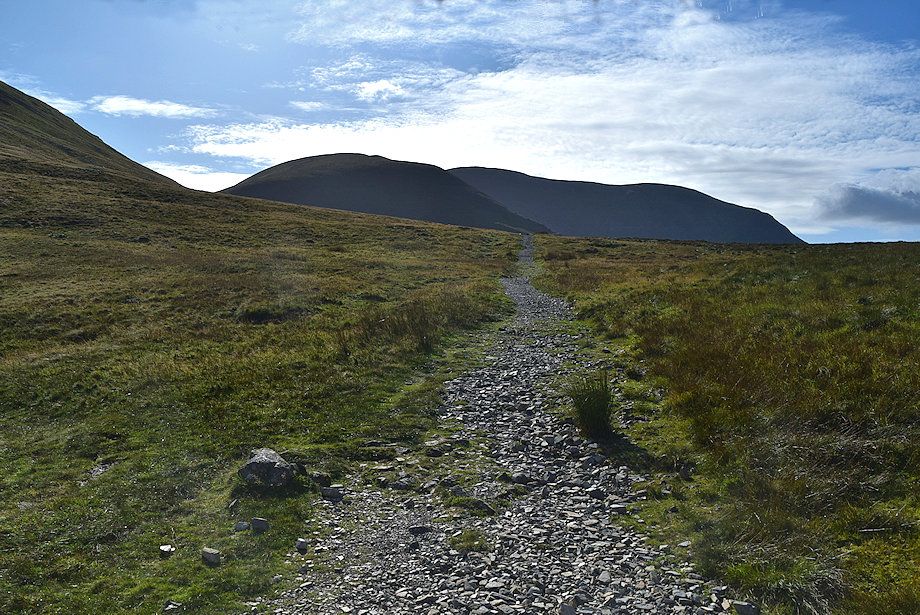 |
| The way ahead continues on the mine road which soon begins to degenerate into a wide footpath |
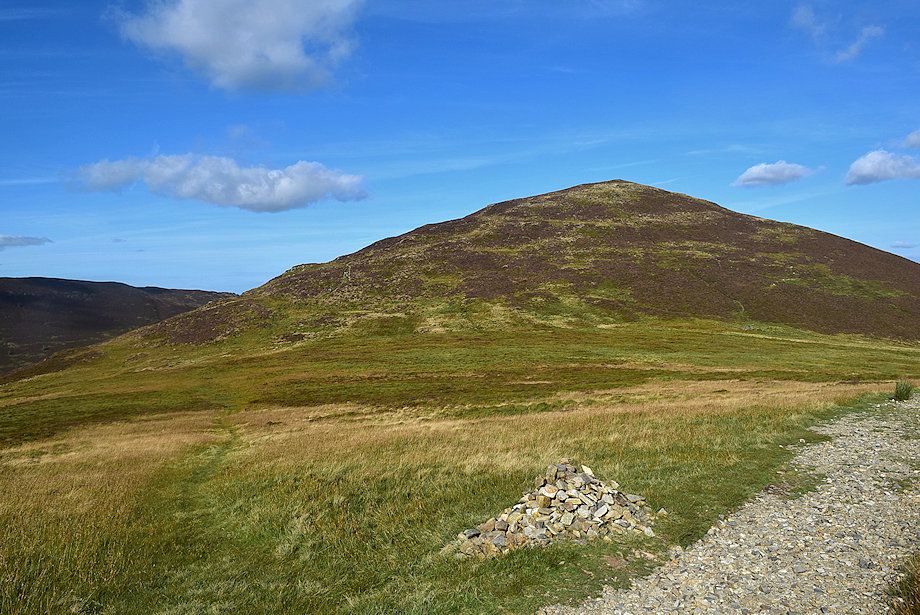 |
| A cairn beside the mine road indicates the start of a path which crosses High Moss to ascend Outerside |
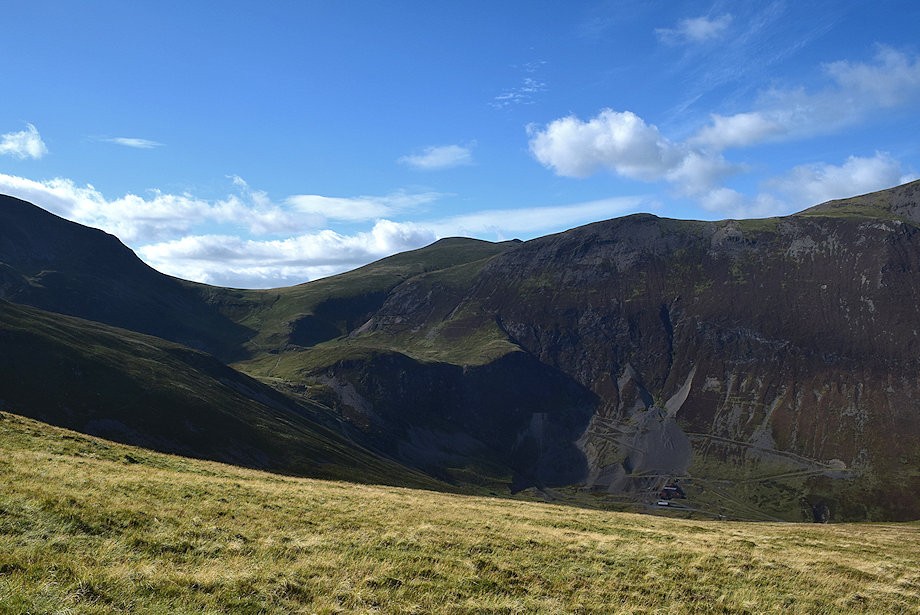 |
| Looking over towards Coledale Hause |
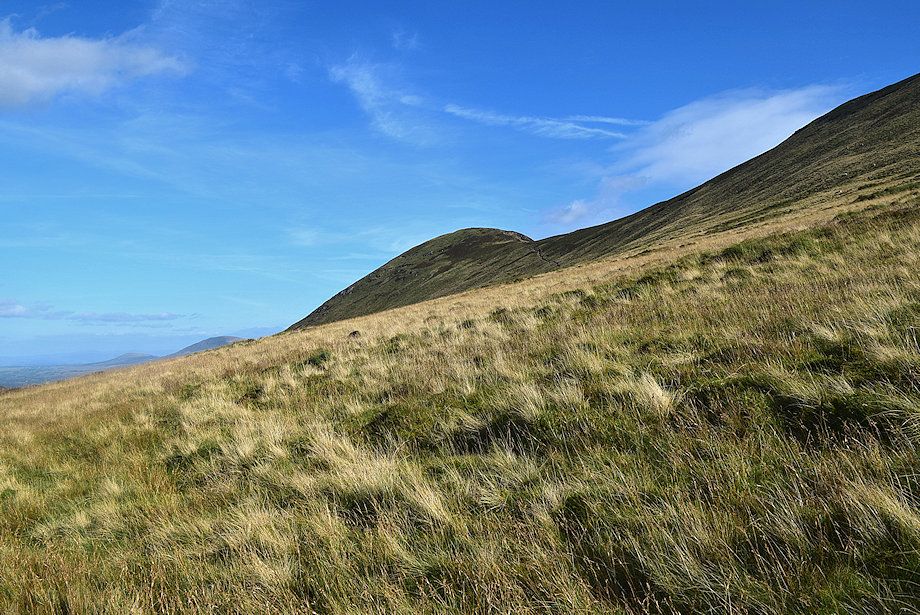 |
| Causey Pike and Scar Crags from the mine road |
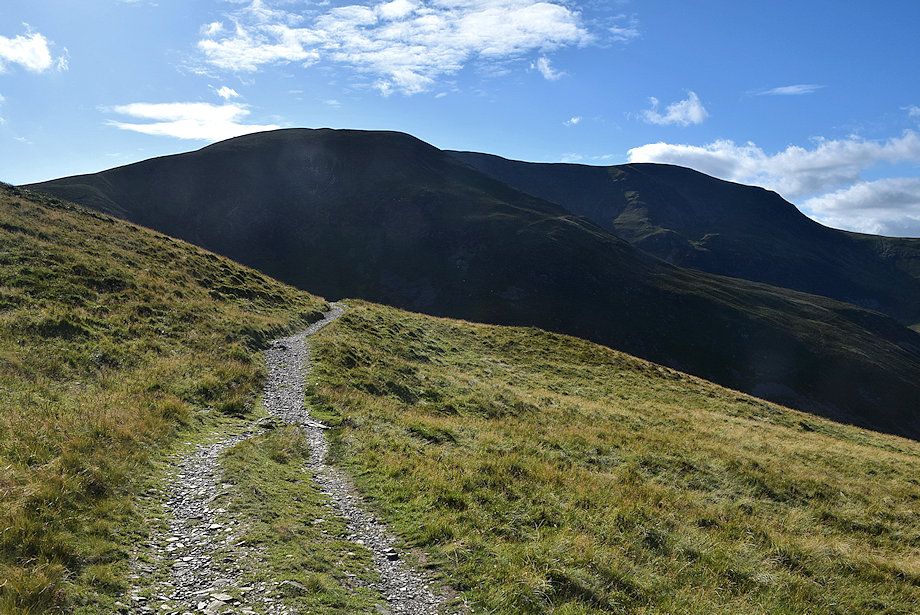 |
| Sail and Eel Crag from the mine road |
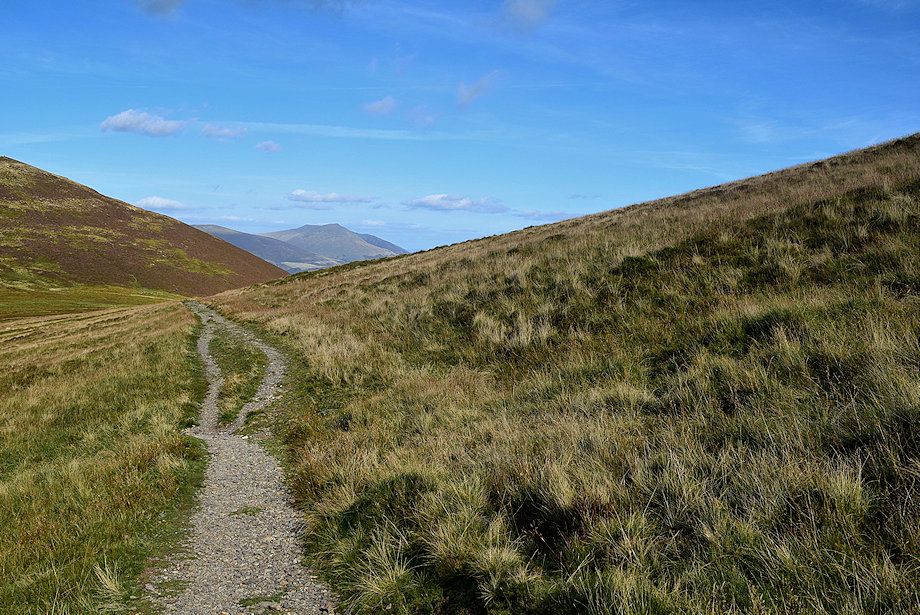 |
| Looking back to Blencathra |
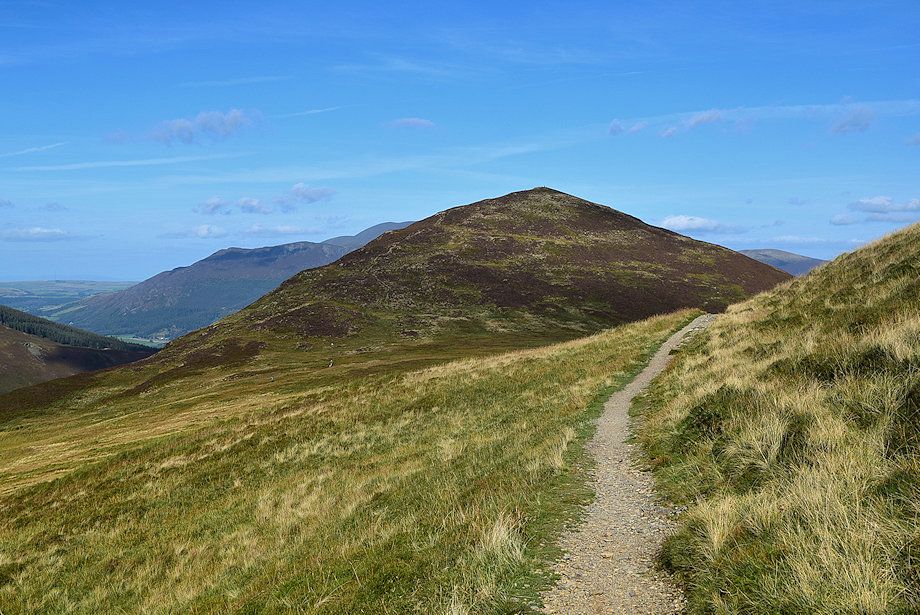 |
| Looking back to Outerside |
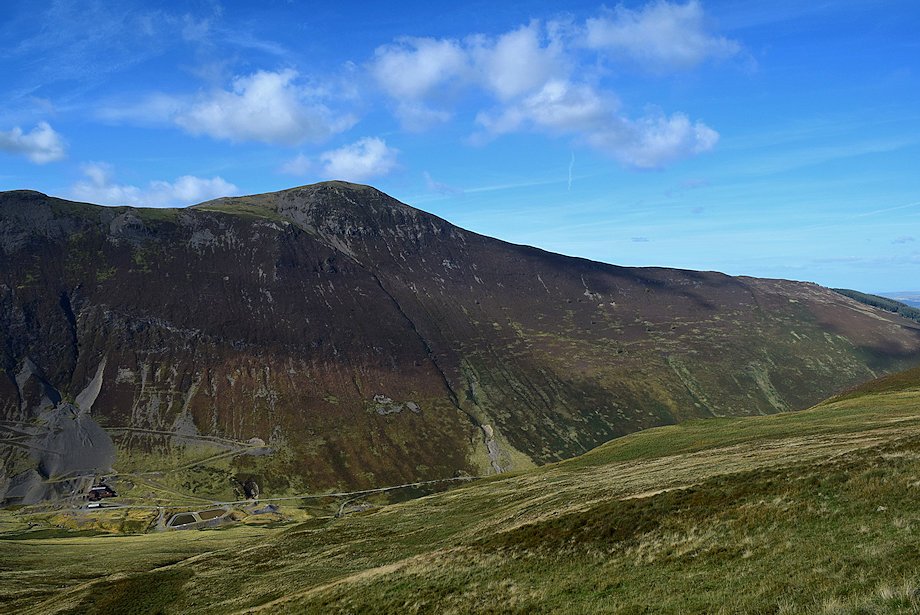 |
| Grisedale Pike above Coledale |
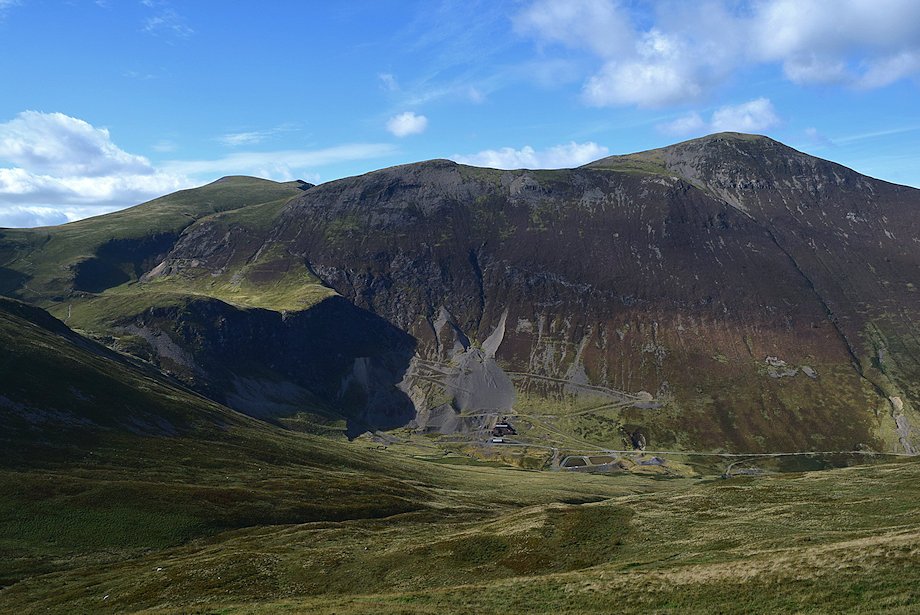 |
| Looking over to Sand Hill, Hopegill Head, Hobcarton Head and Grisedale Pike |
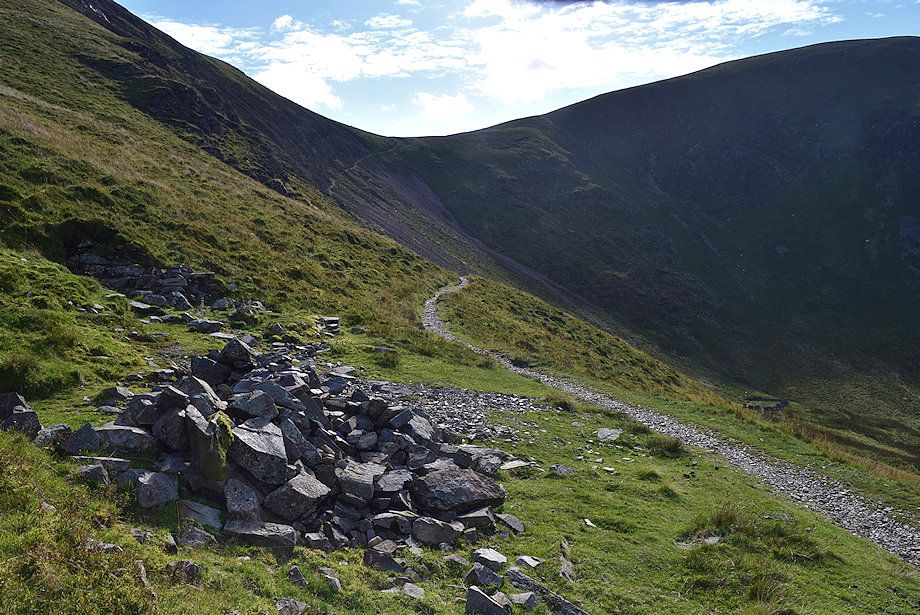 |
| Sail Pass comes into view as the road turns to rise above Long Comb |
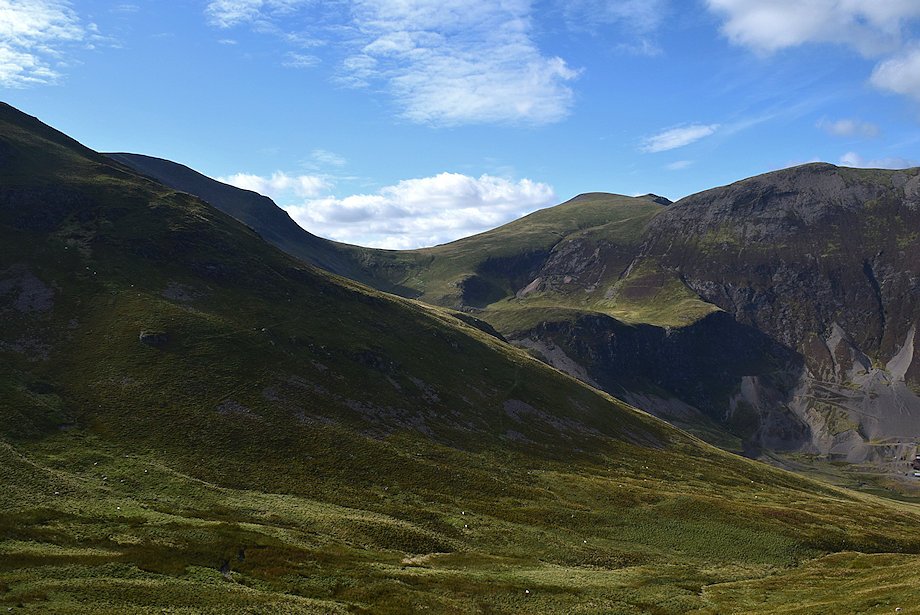 |
| Looking across to Coledale Hause |
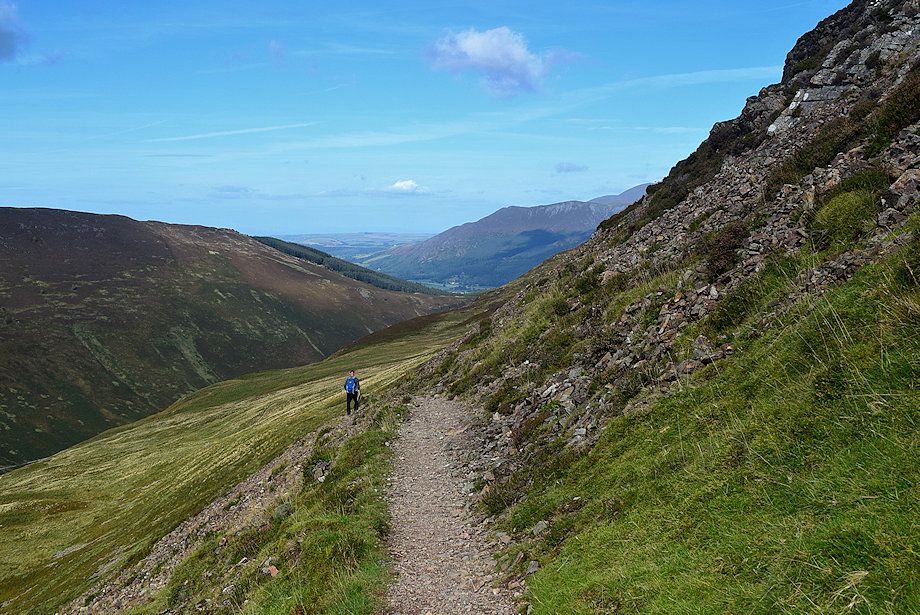 |
| Looking back as the road begins to climb alongside Long Crag |
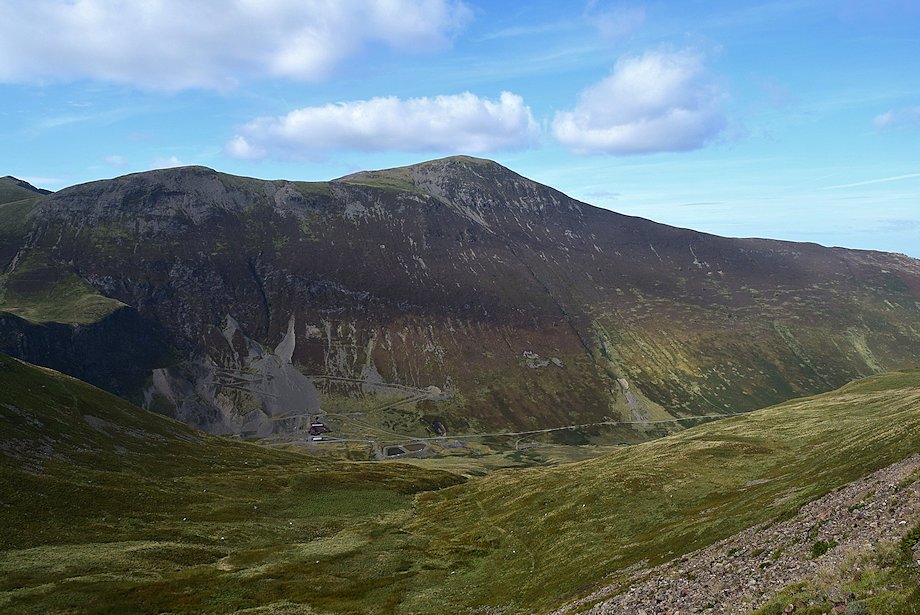 |
| Looking down on the disused Force Crag Mine |
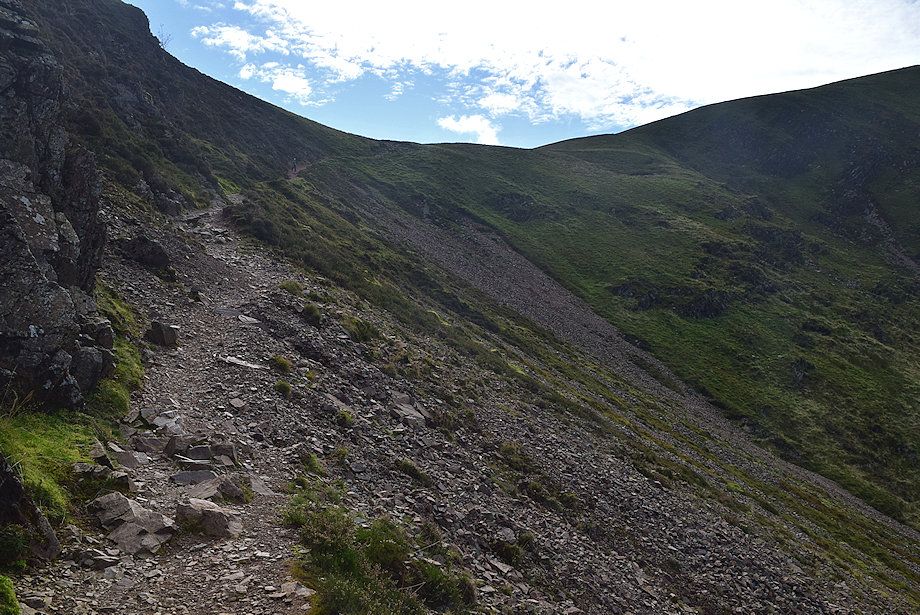 |
| The mine road rising steeply below Long Crag |
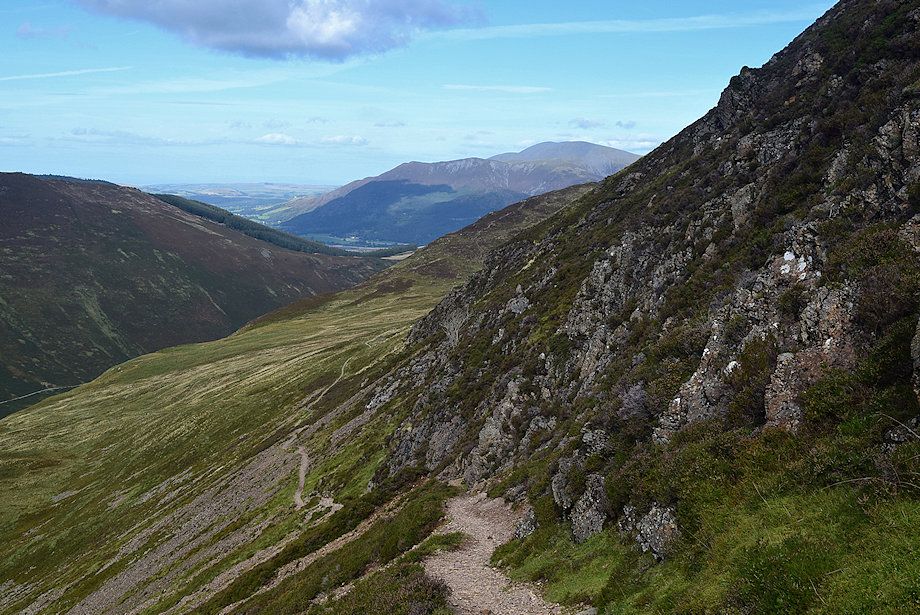 |
| Looking back across Long Crag to Skiddaw |
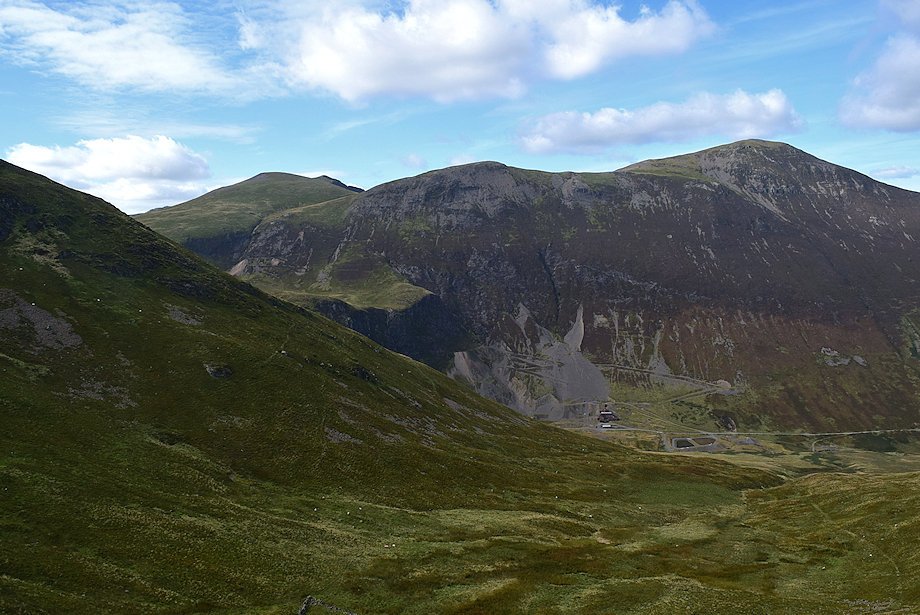 |
| Sand Hill, Hopegill Head, Hobcarton Head and Grisedale Pike over Long Comb |
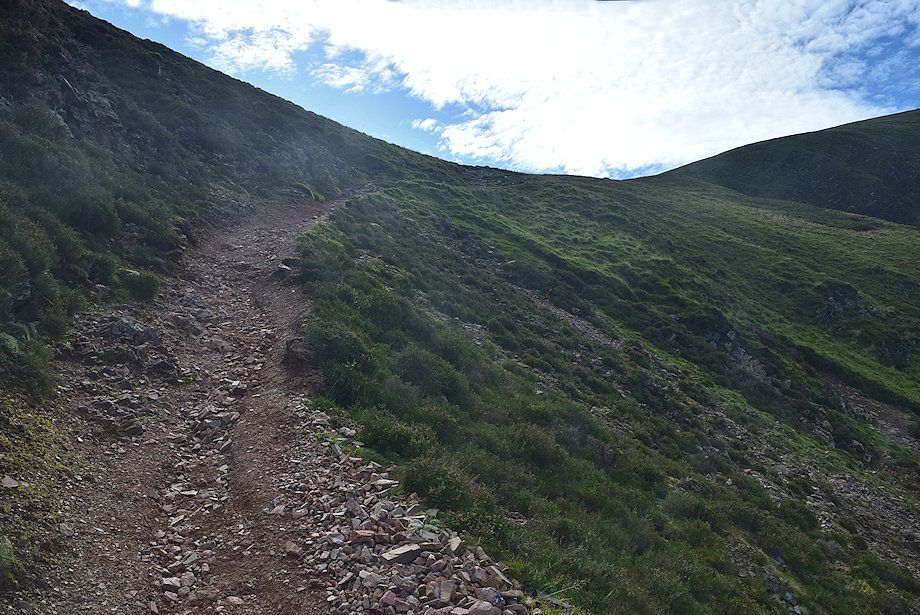 |
| The track is quite eroded over the upper section below Sail Pass |
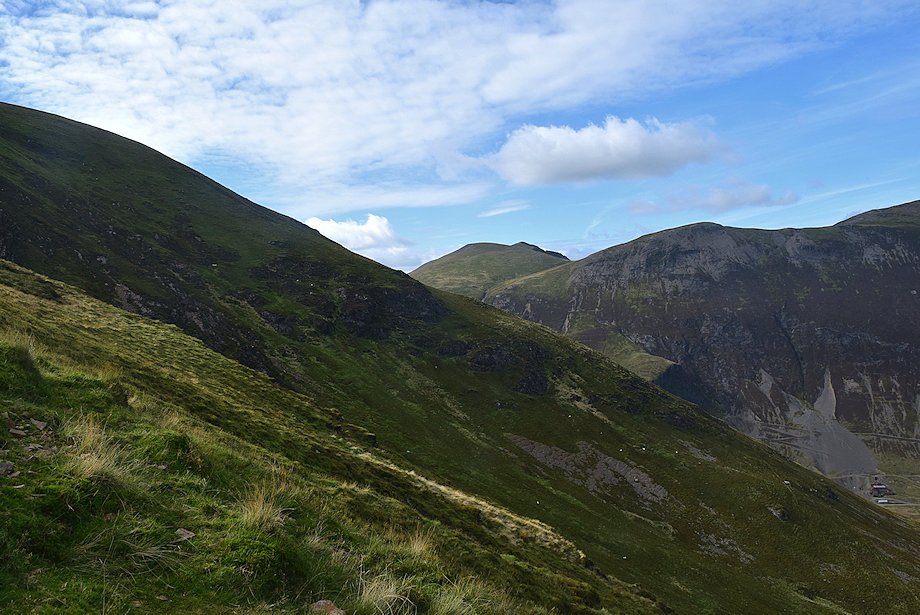 |
| Looking over to Sand Hill and Hopegill Head across Sail's north-eastern ridge |
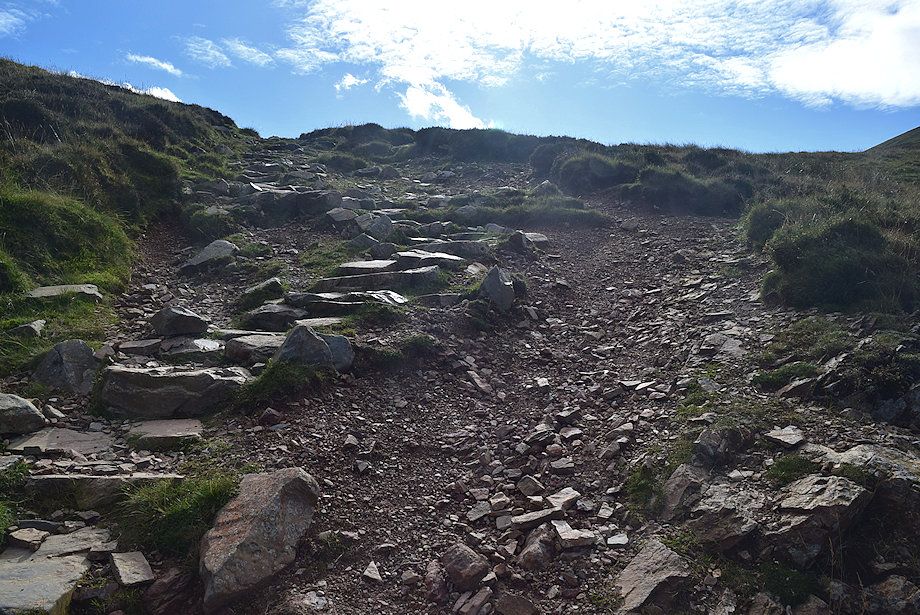 |
| An attempt has been made by Fix The Fells to repair the damage by creating stone pitching - only partially effective here although the final section has been successfully restored using the soil inversion technique |
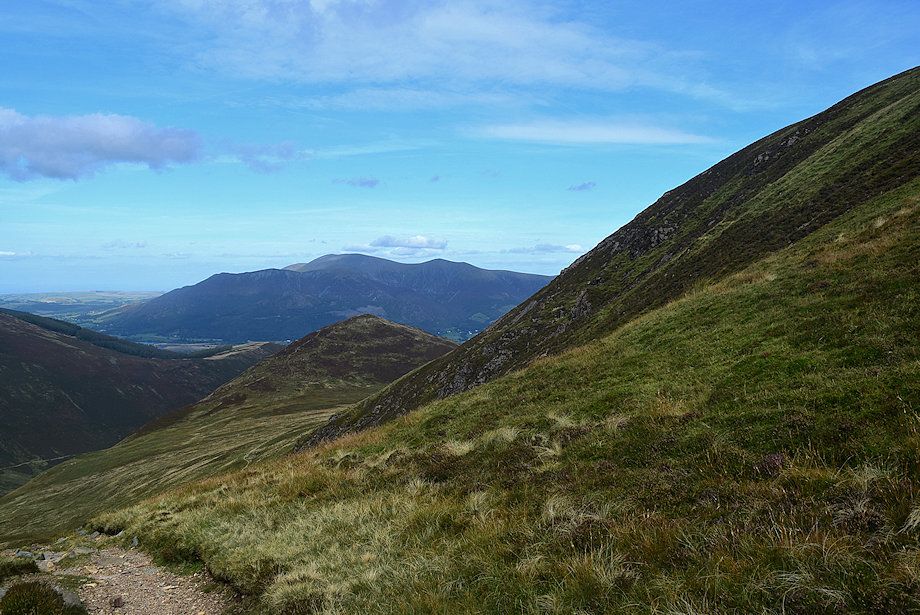 |
| Looking back to Skiddaw frrom just below Sail Pass |
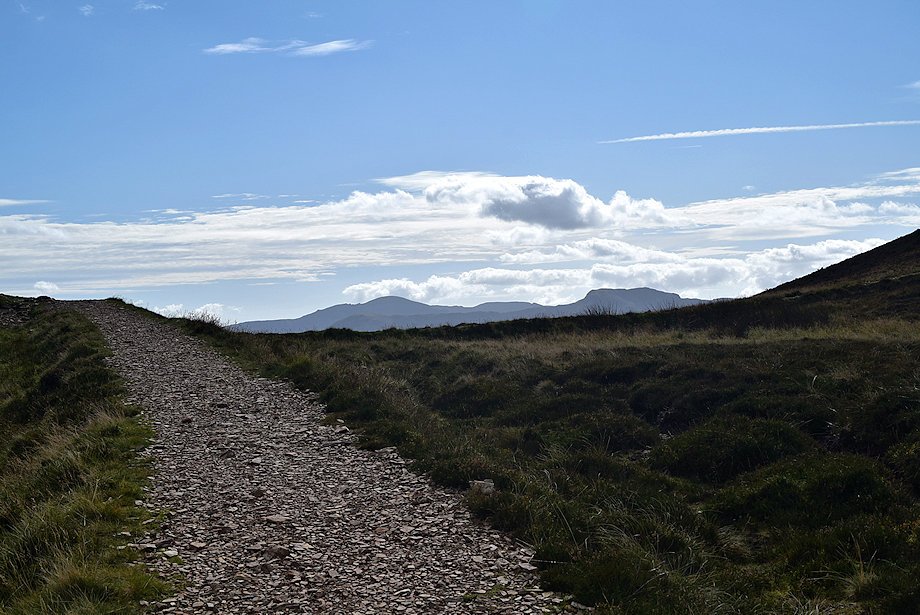 |
| Pillar and High Stile appear over the top of Sail Pass |
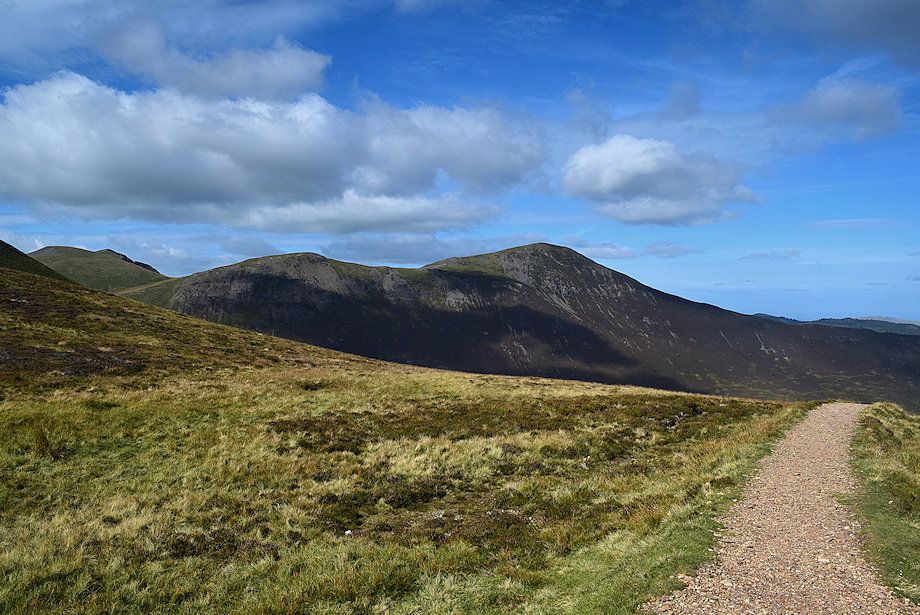 |
| Sand Hill, Hopegill Head, Hobcarton Head and Grisedale Pike from Sail Pass |
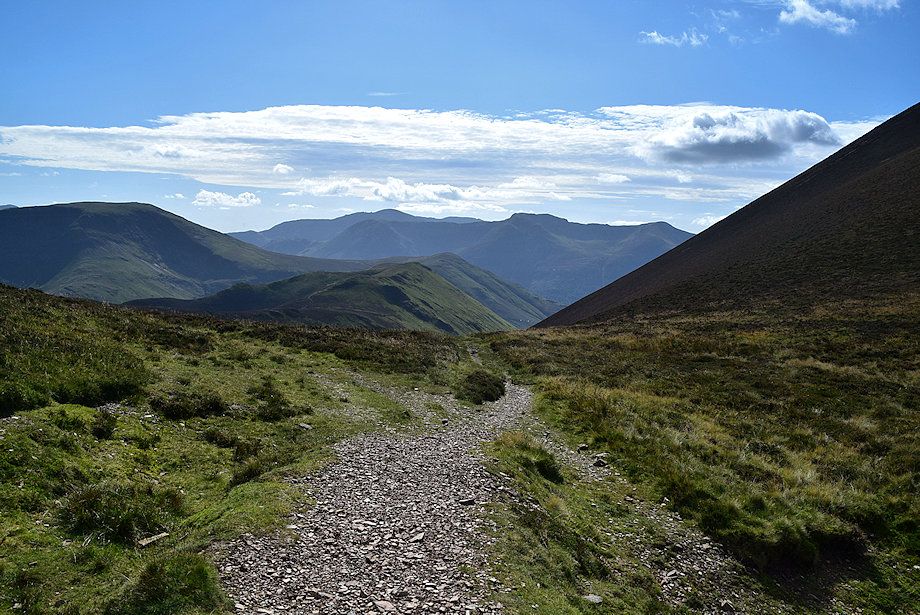 |
| Robinson, Pillar and the High Stile ridge from Sail Pass |
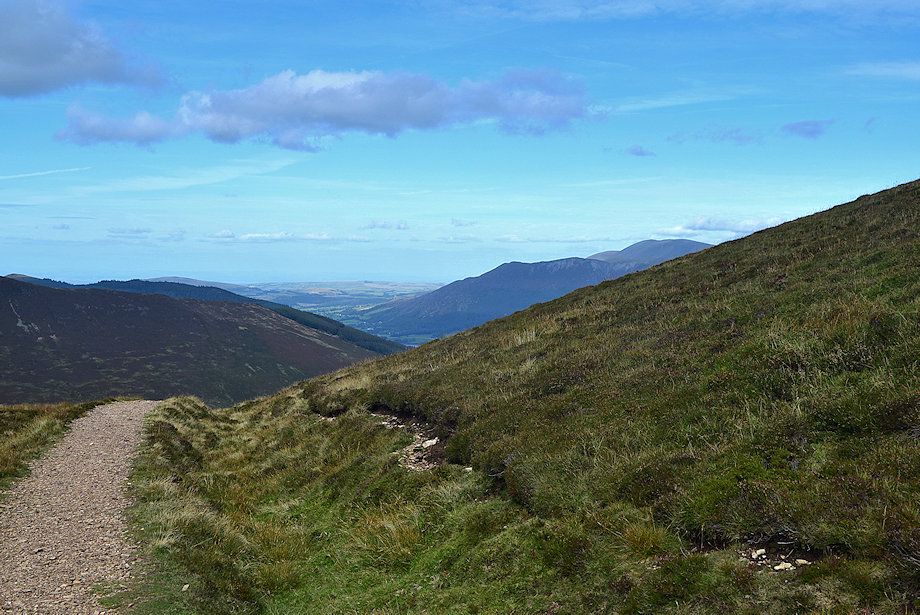 |
| Ullock Pike, Long Side and Skiddaw from Sail Pass |
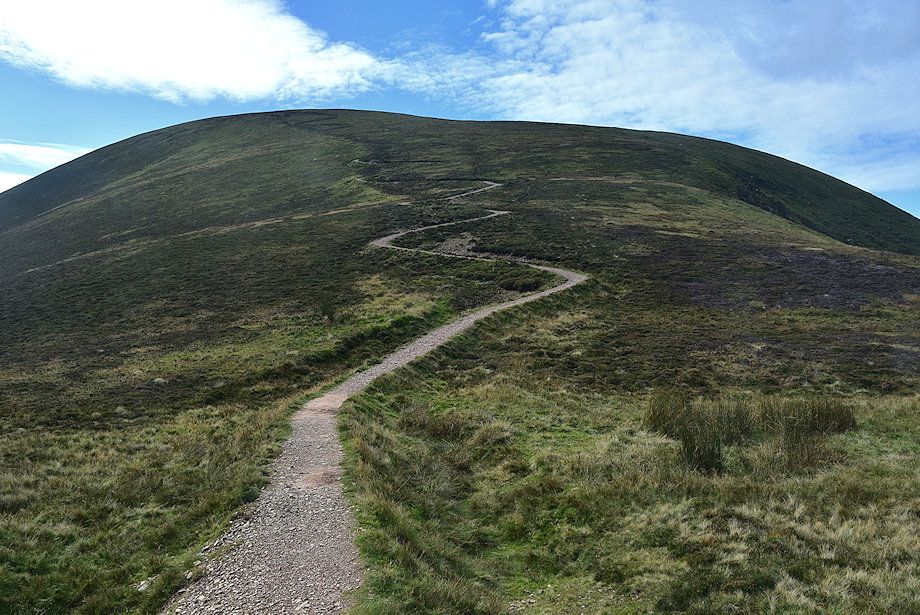 |
| The engineered path rising in a long series of zig-zags from Sail Pass to the summit of Sail |
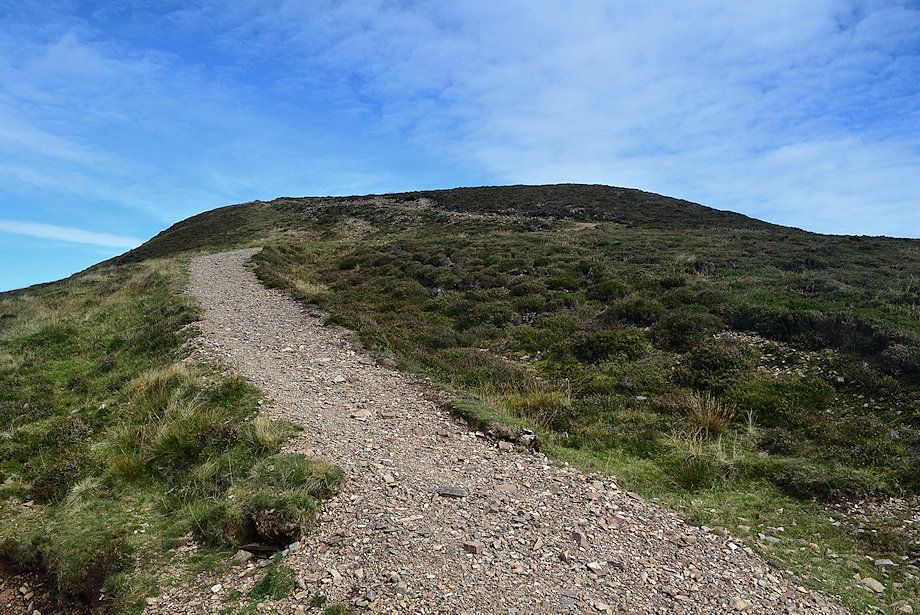 |
| A similar path turns up from Sail Pass towards the summit of Scar Crags |
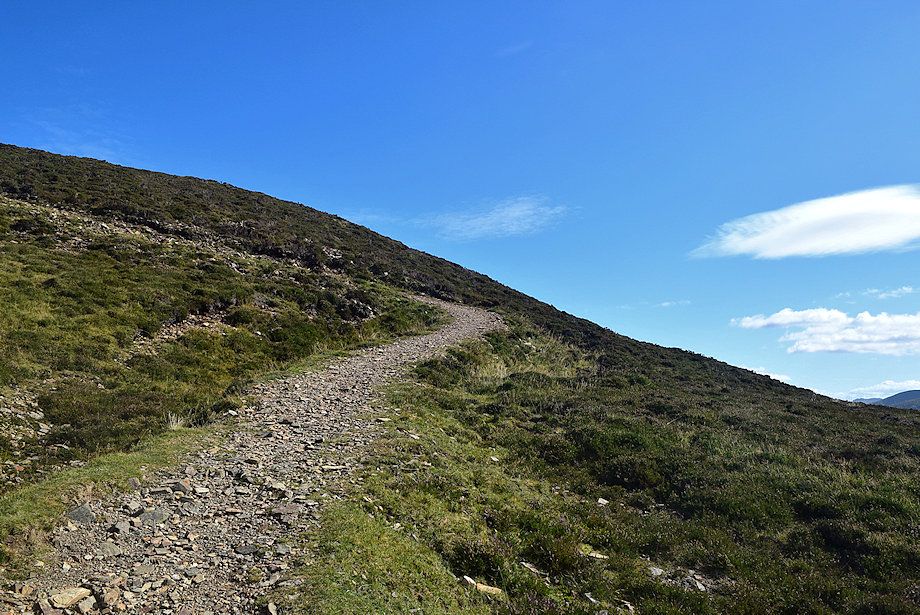 |
| The inverted soil path on Scar Crags is much shorter than the one on Sail - only about five zig-zags |
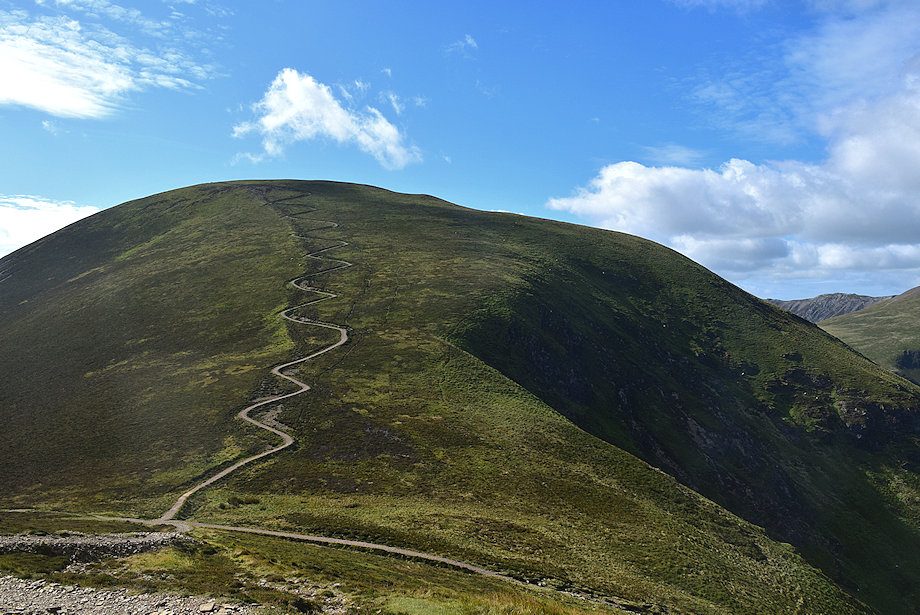 |
| Looking back to Sail Pass from the climb to the summit of Scar Crags |
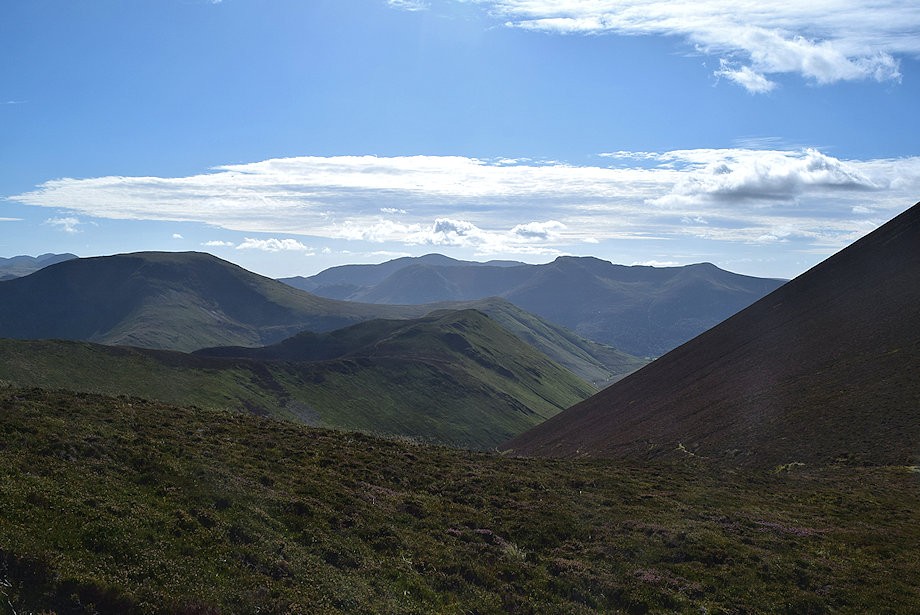 |
| The High Stile ridge from the climb to the summit of Scar Crags |
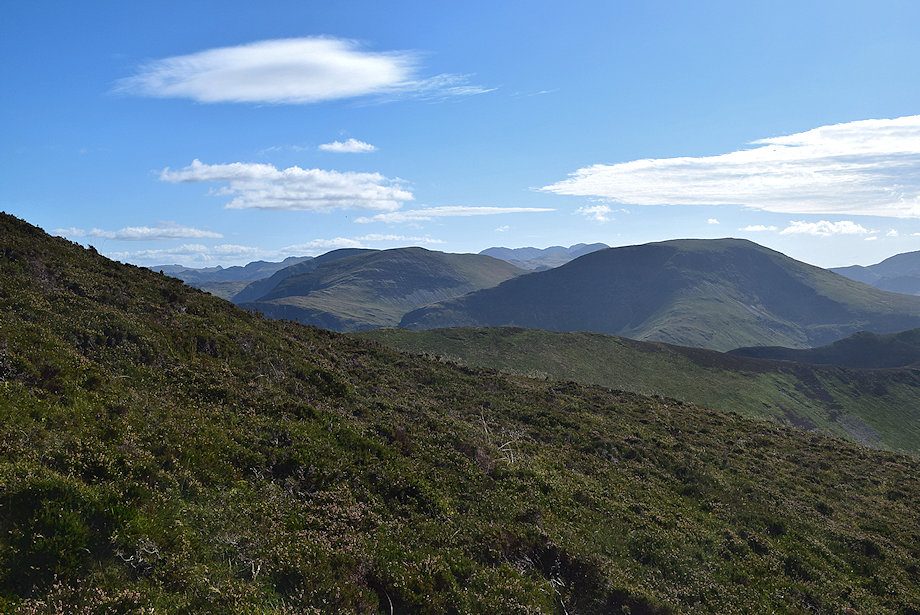 |
| Hindscarth and Robinson from the climb to the summit of Scar Crags |
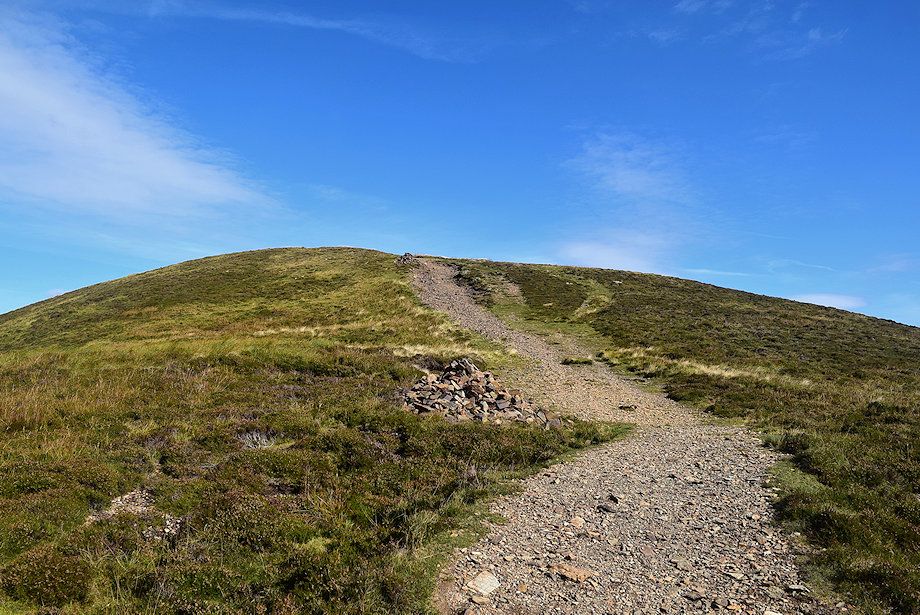 |
| After the initial steep section the path heads straight up the slope |
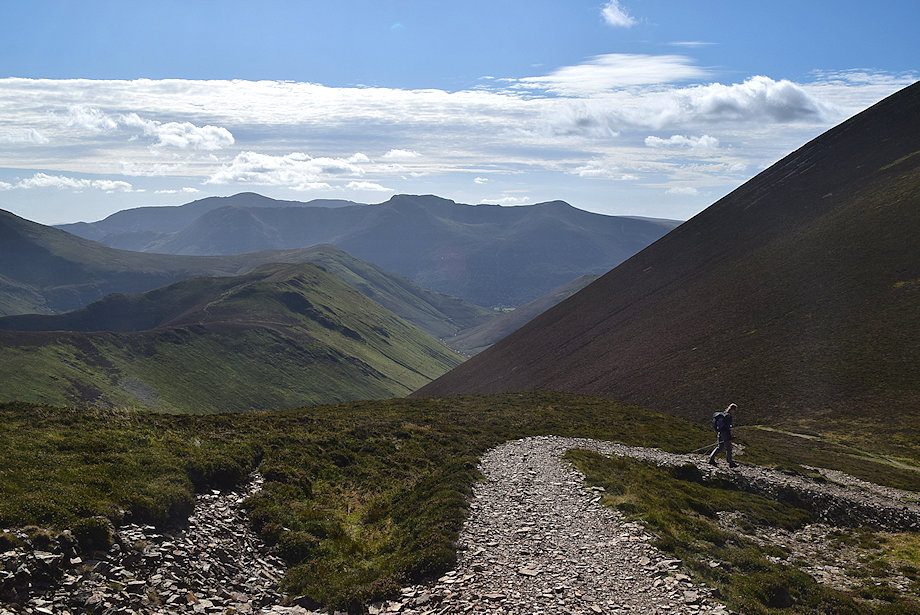 |
| Pillar and the High Stile ridge from the end of the zig-zags |
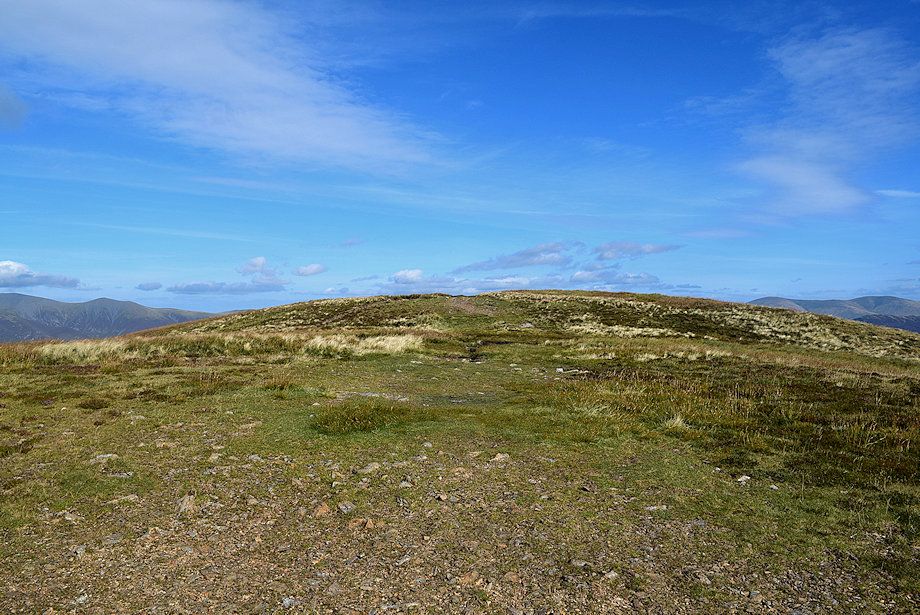 |
| The broad western end of the summit ridge |
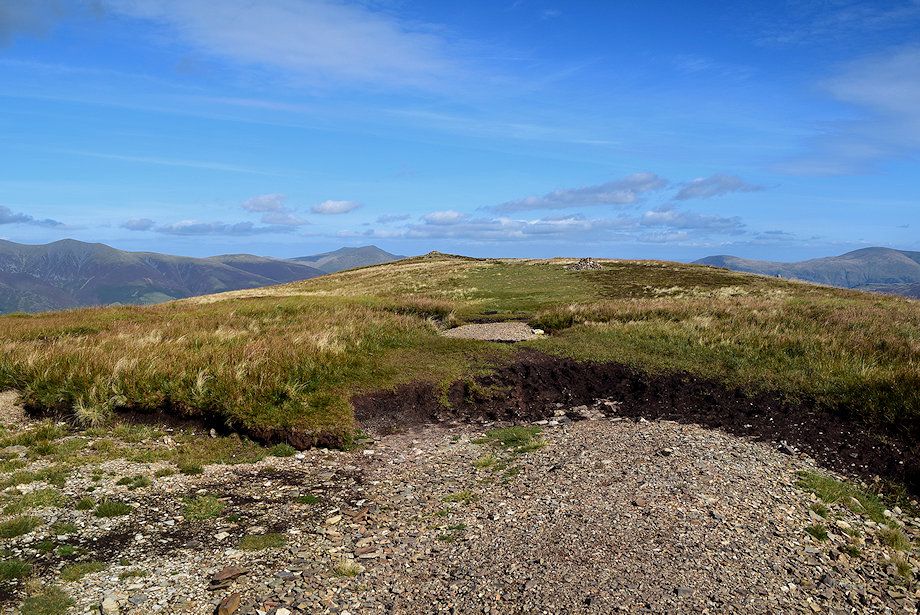 |
| The summit comes into view |
 |
| Approaching the summit of Scar Crags |
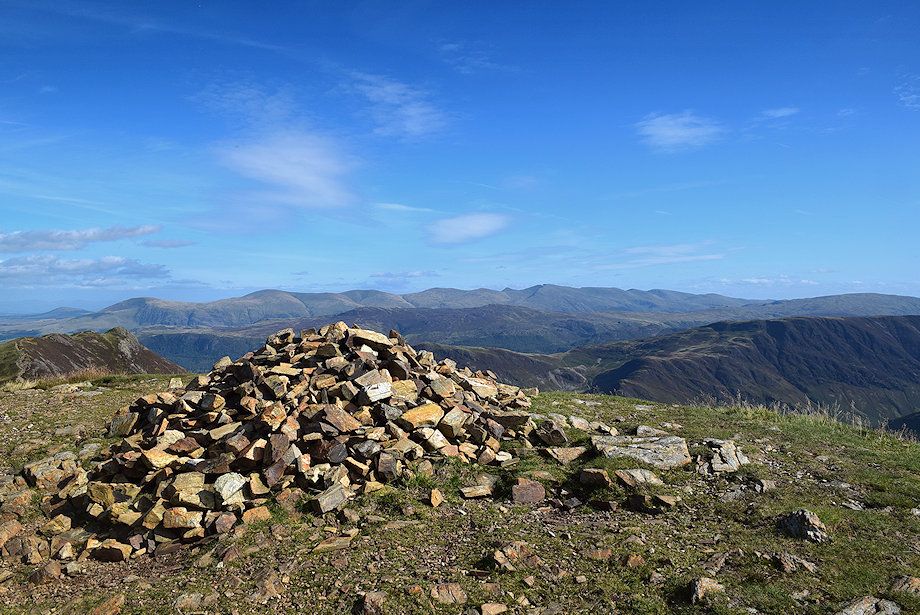 |
| The summit cairn on Scar Crags |
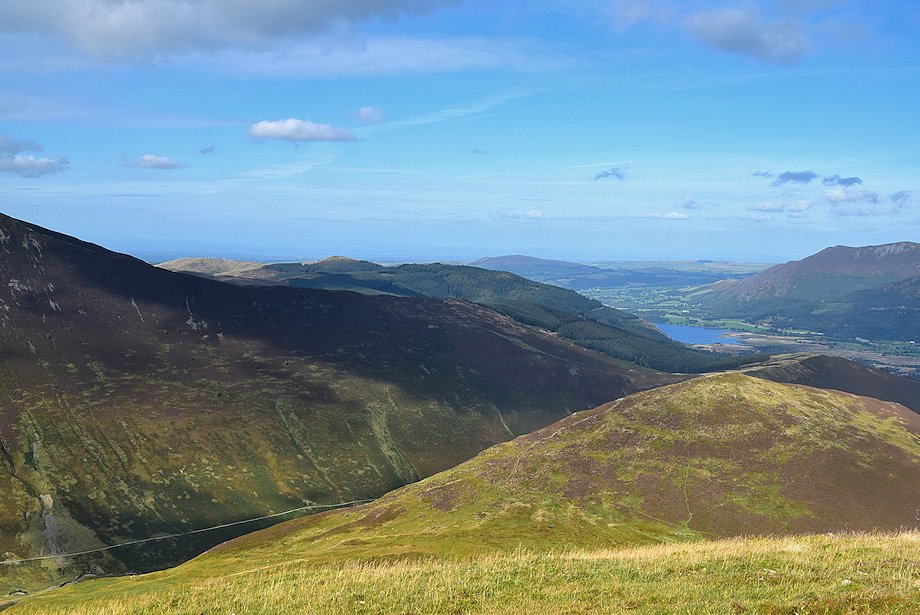 |
| Bassenthwaite Lake from the summit of Scar Crags |
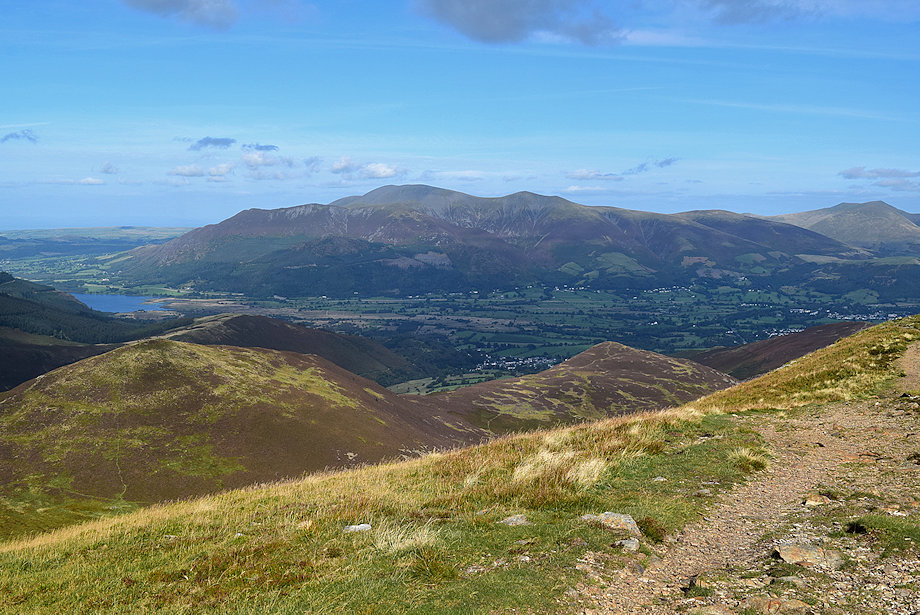 |
| Skiddaw over Outerside and Stile End from the summit of Scar Crags |
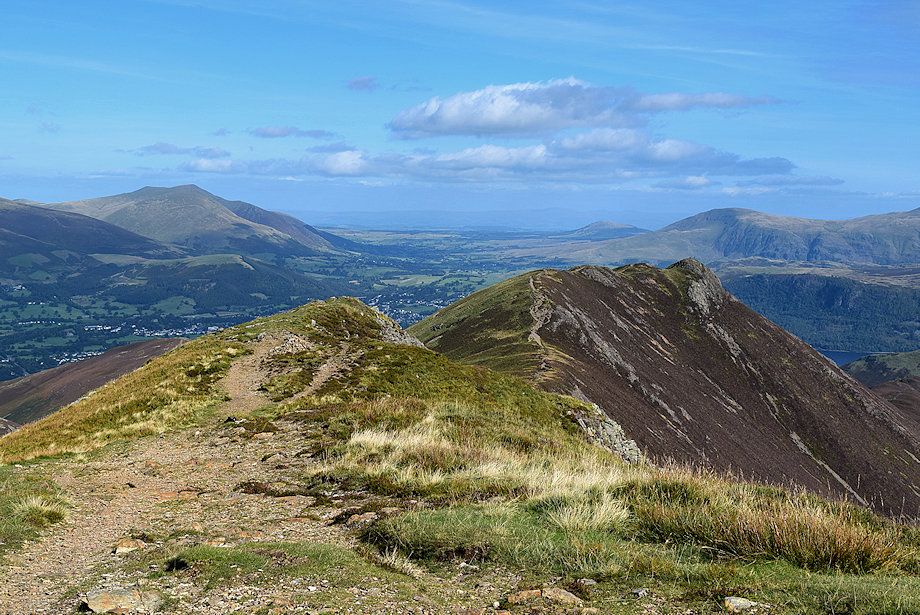 |
| The connecting ridge to Causey Pike |
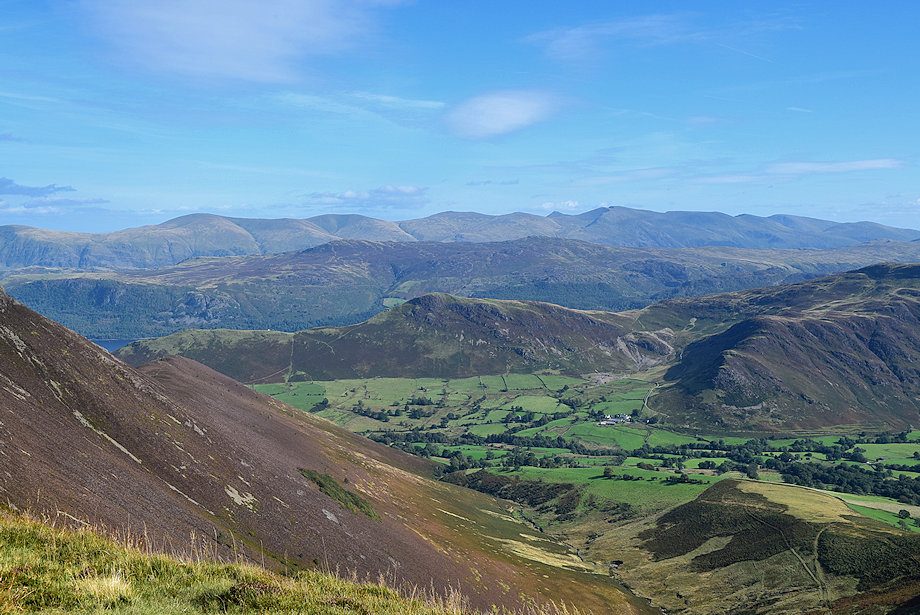 |
| The Helvellyn range on the horizon across the Newlands Valley |
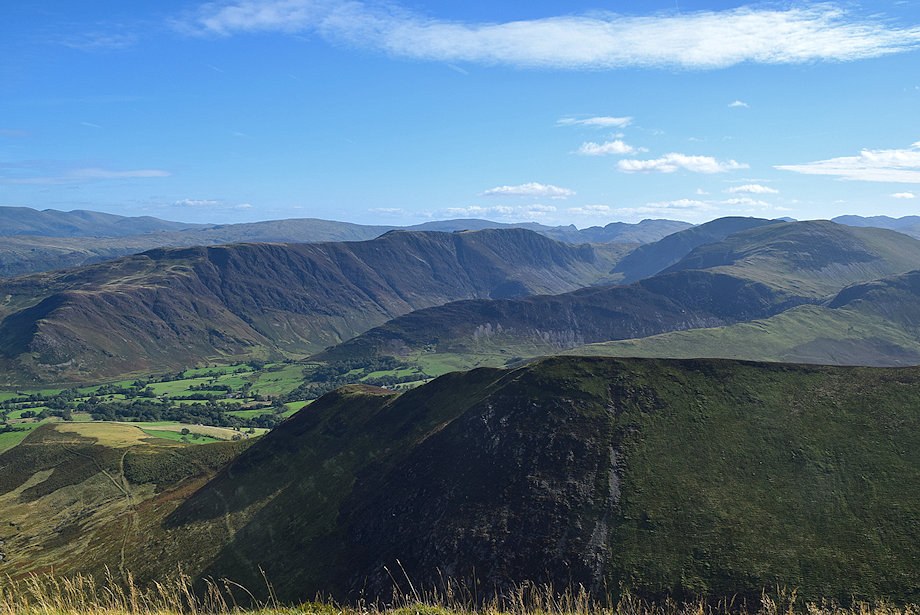 |
| The upper Newlands Valley over Aiken Knott from the summit of Scar Crags |
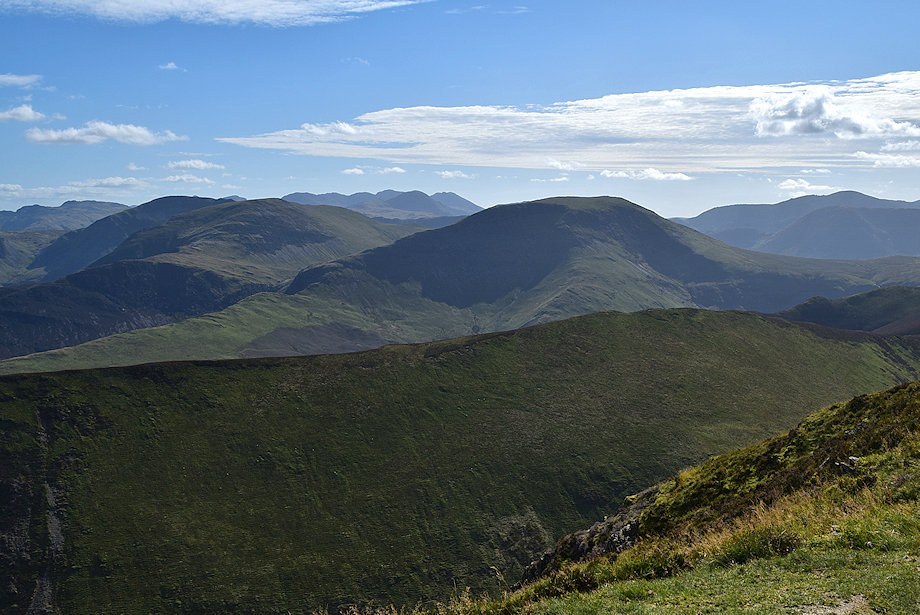 |
| Dale Head, Hindscarth and Robinson over Ard Crags summit ridge |
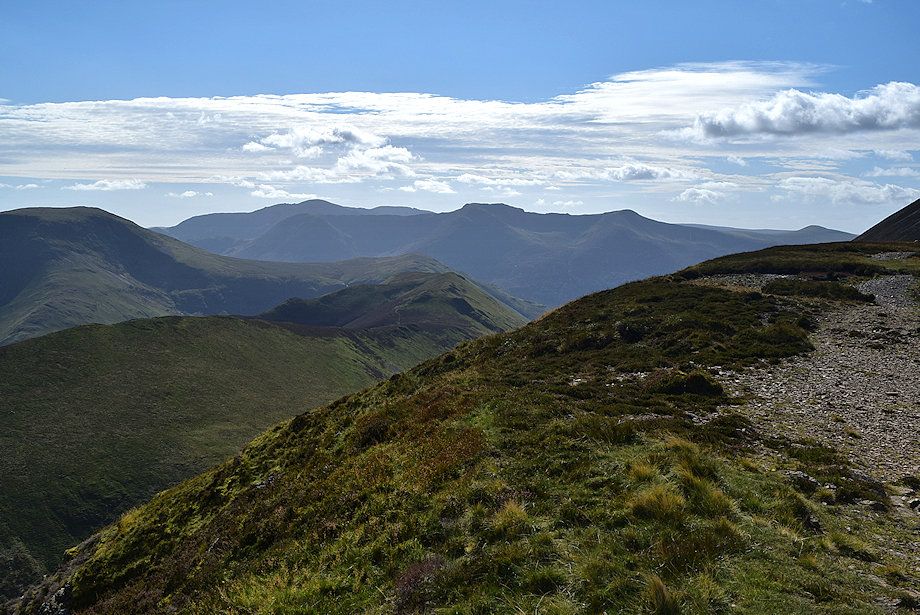 |
| Pillar and the High Stile ridge from the summit of Scar Crags |
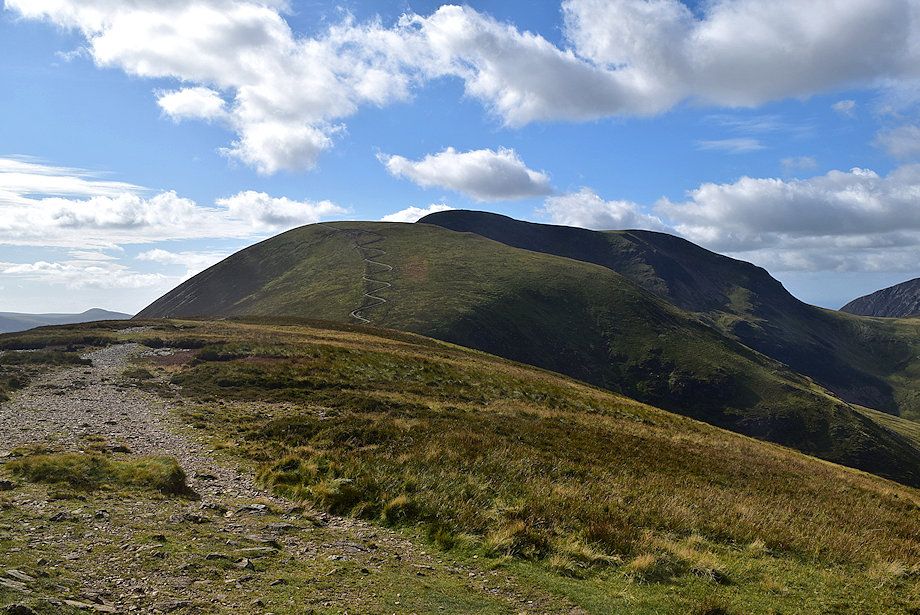 |
| Sail and Eel Crag from the summit of Scar Crags |
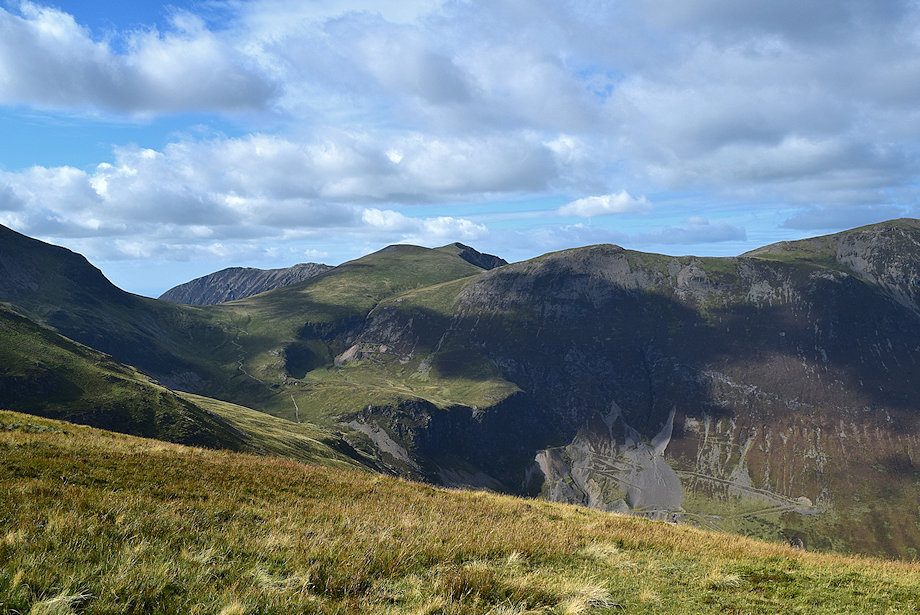 |
| Whiteside over Coledale Hause on the left with Sand Hill, Hopegill Head and Hobcarton Head in the centre |
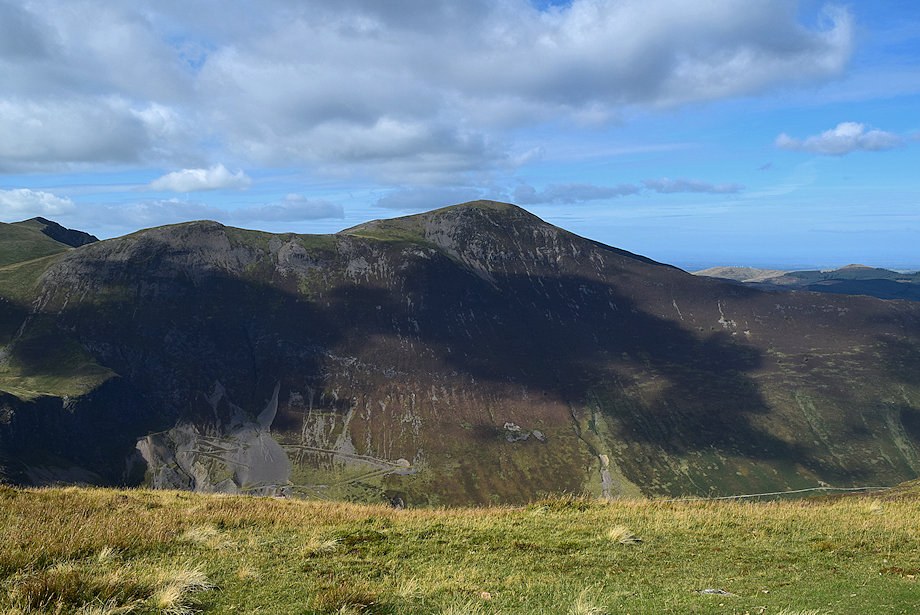 |
| Grisedale Pike from the summit of Scar Crags |
|